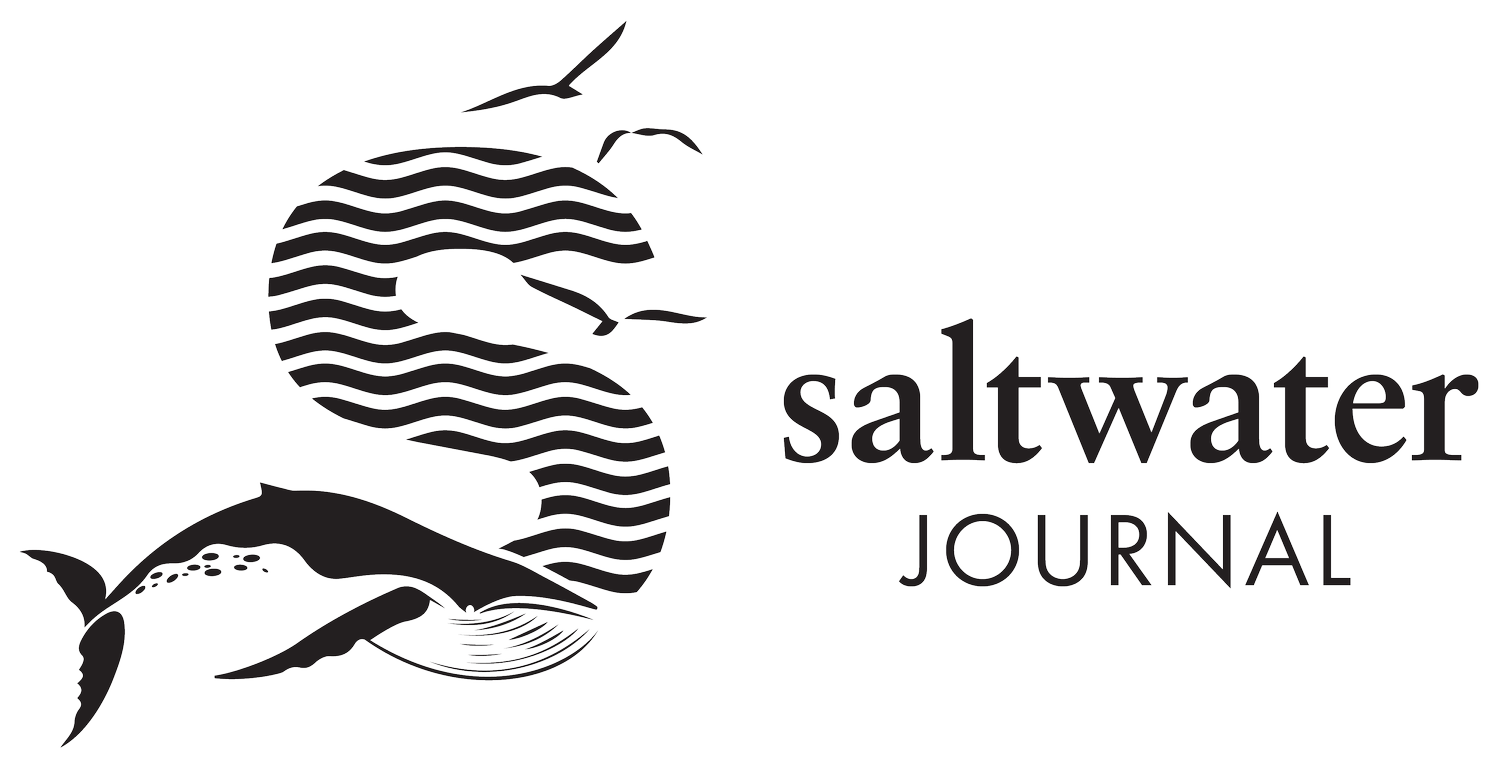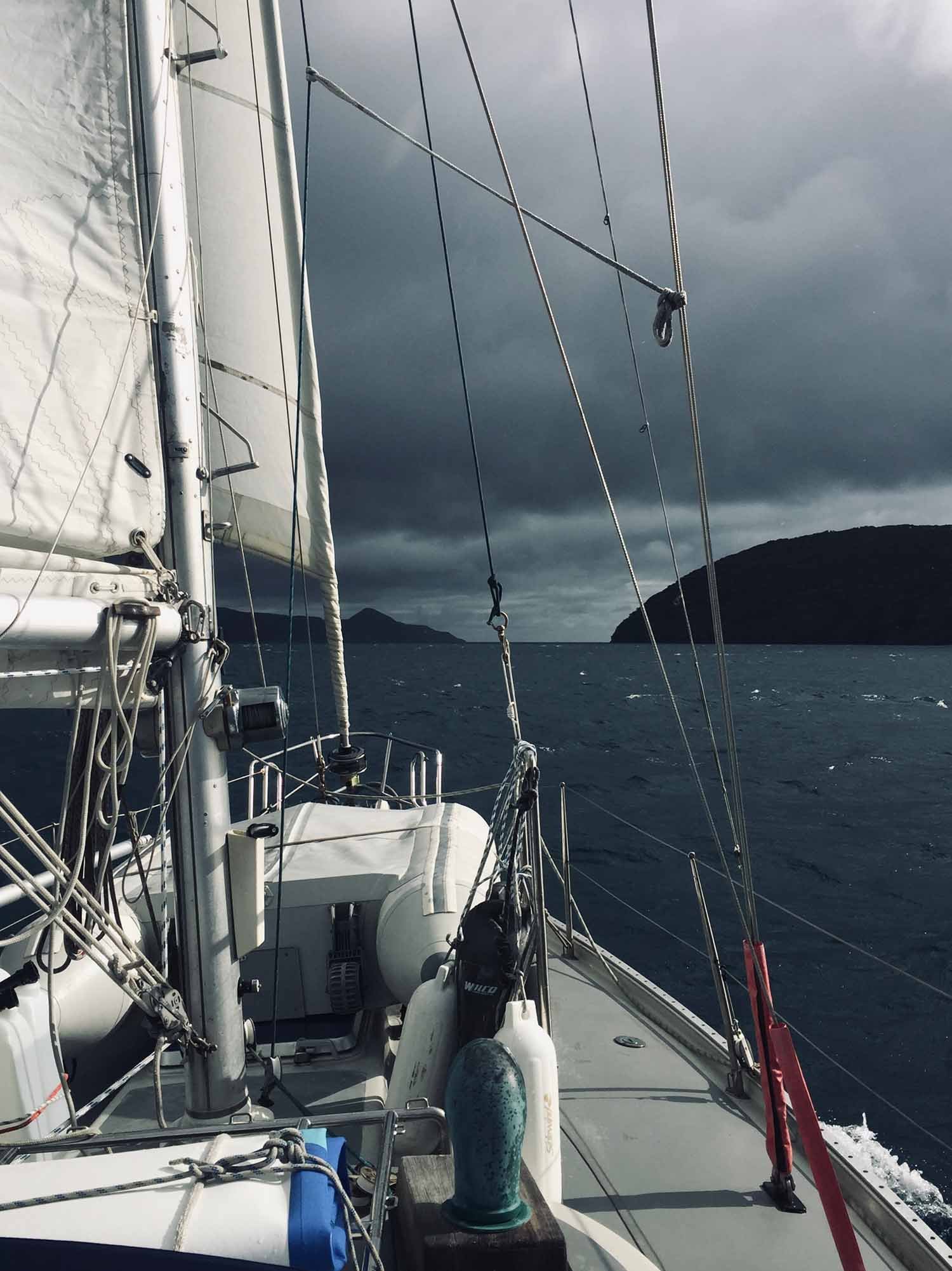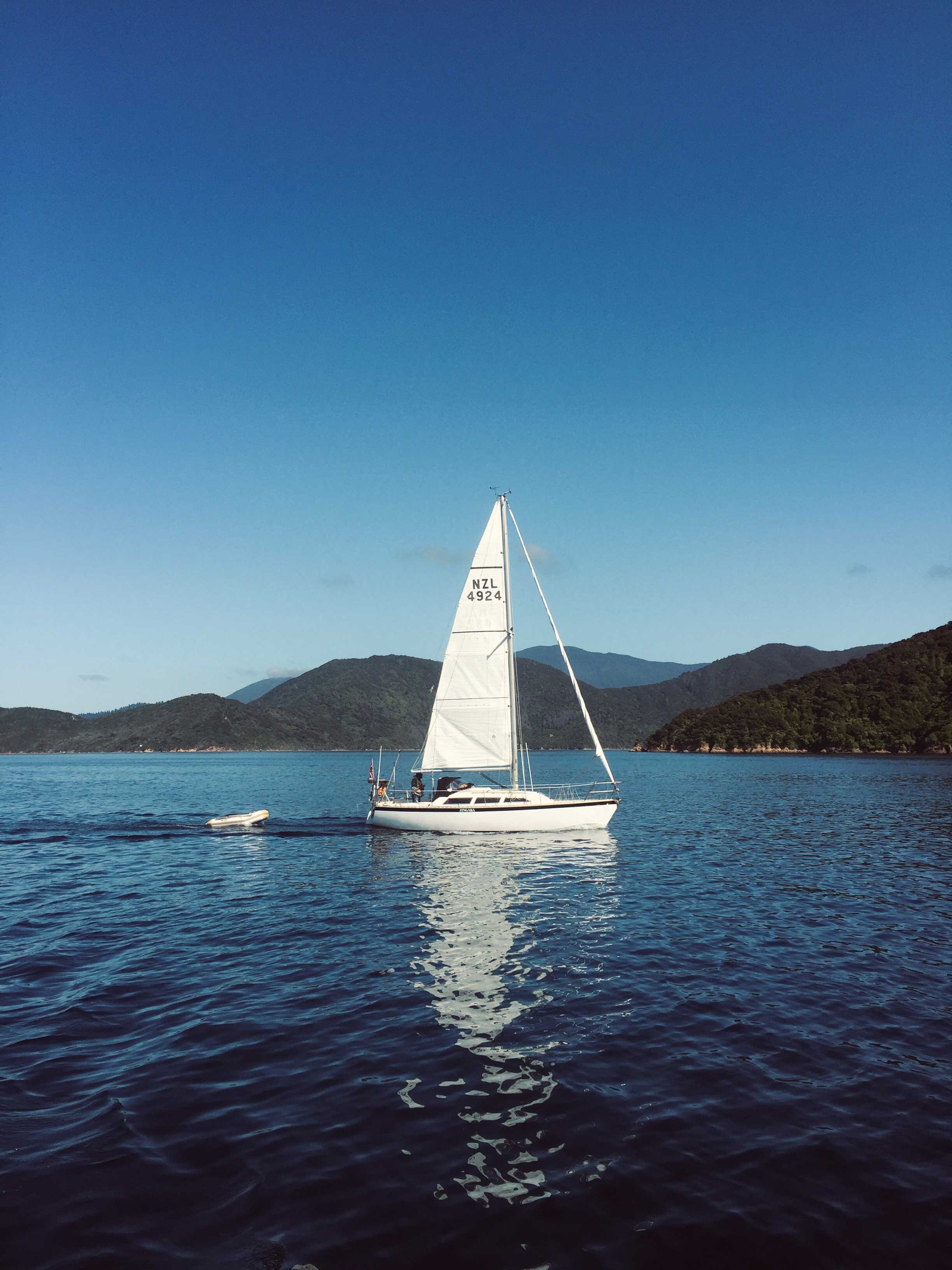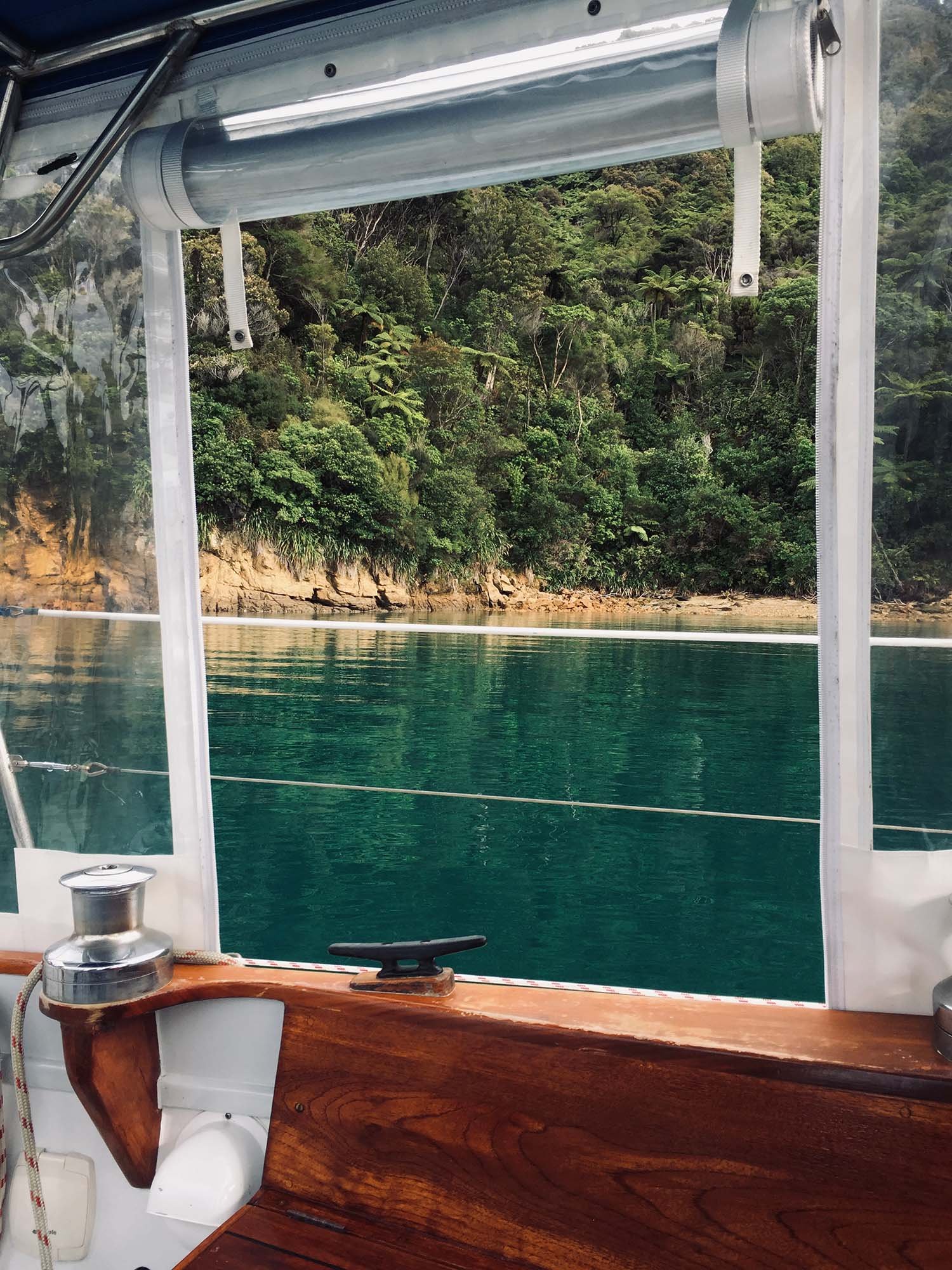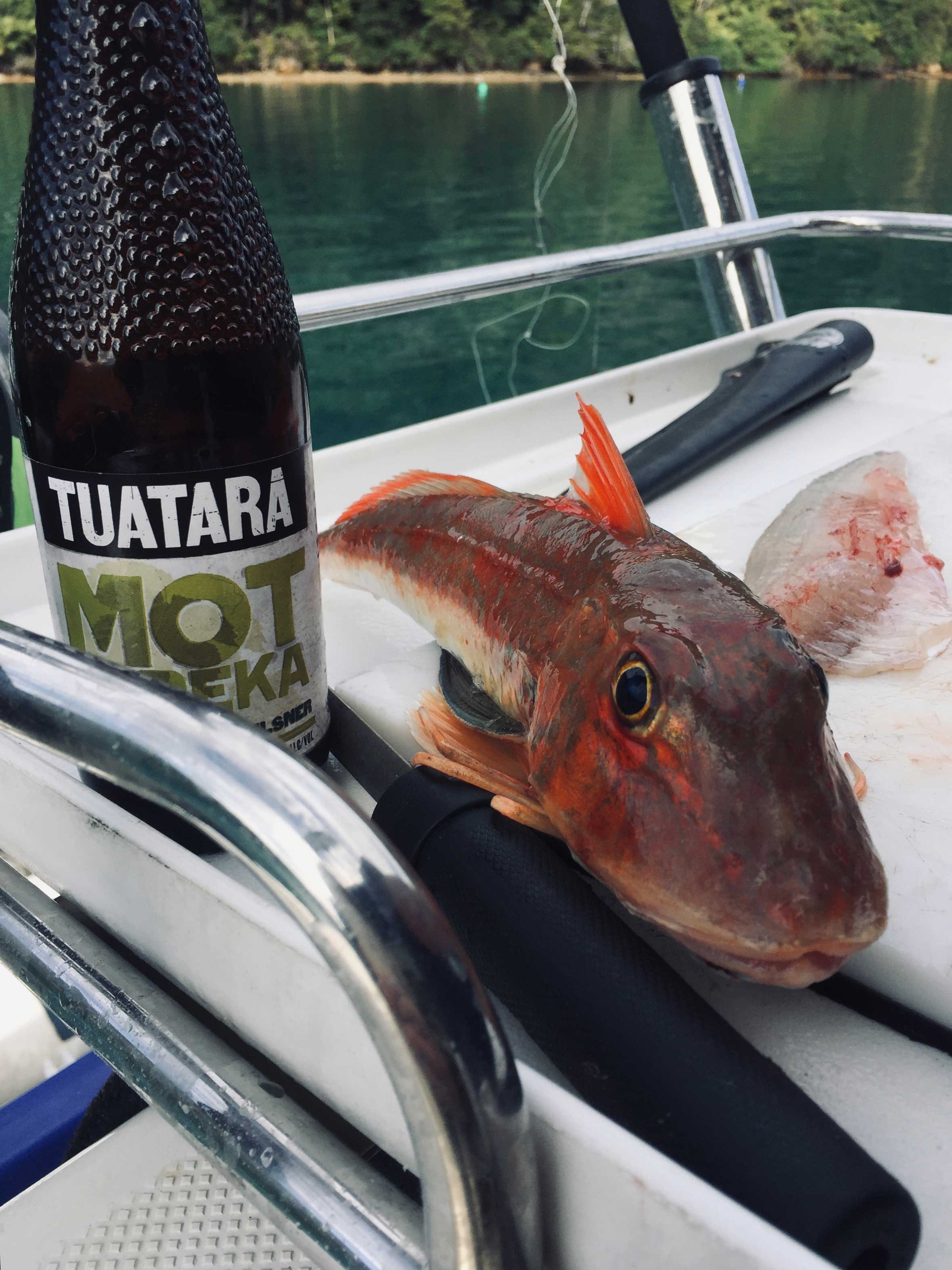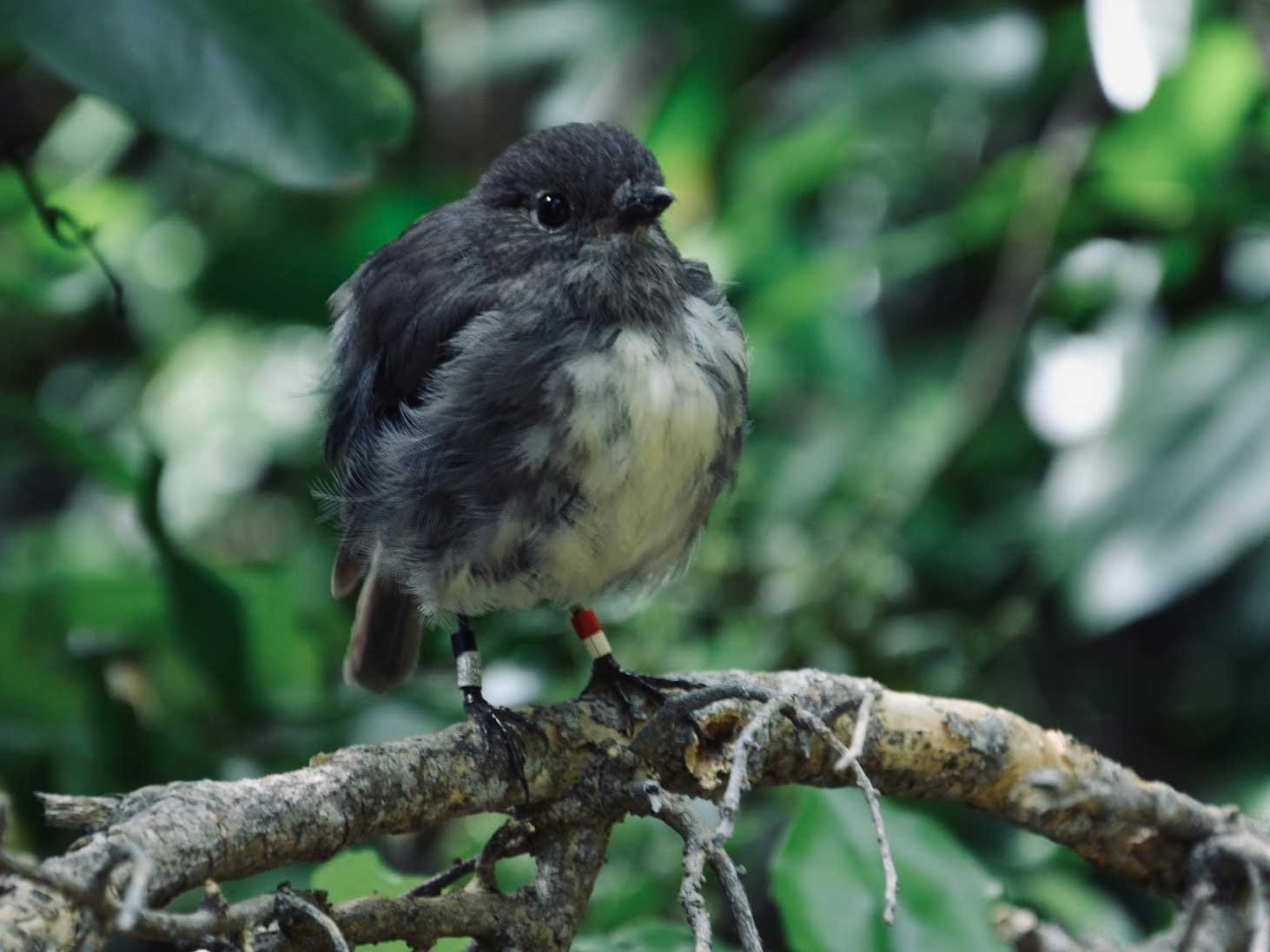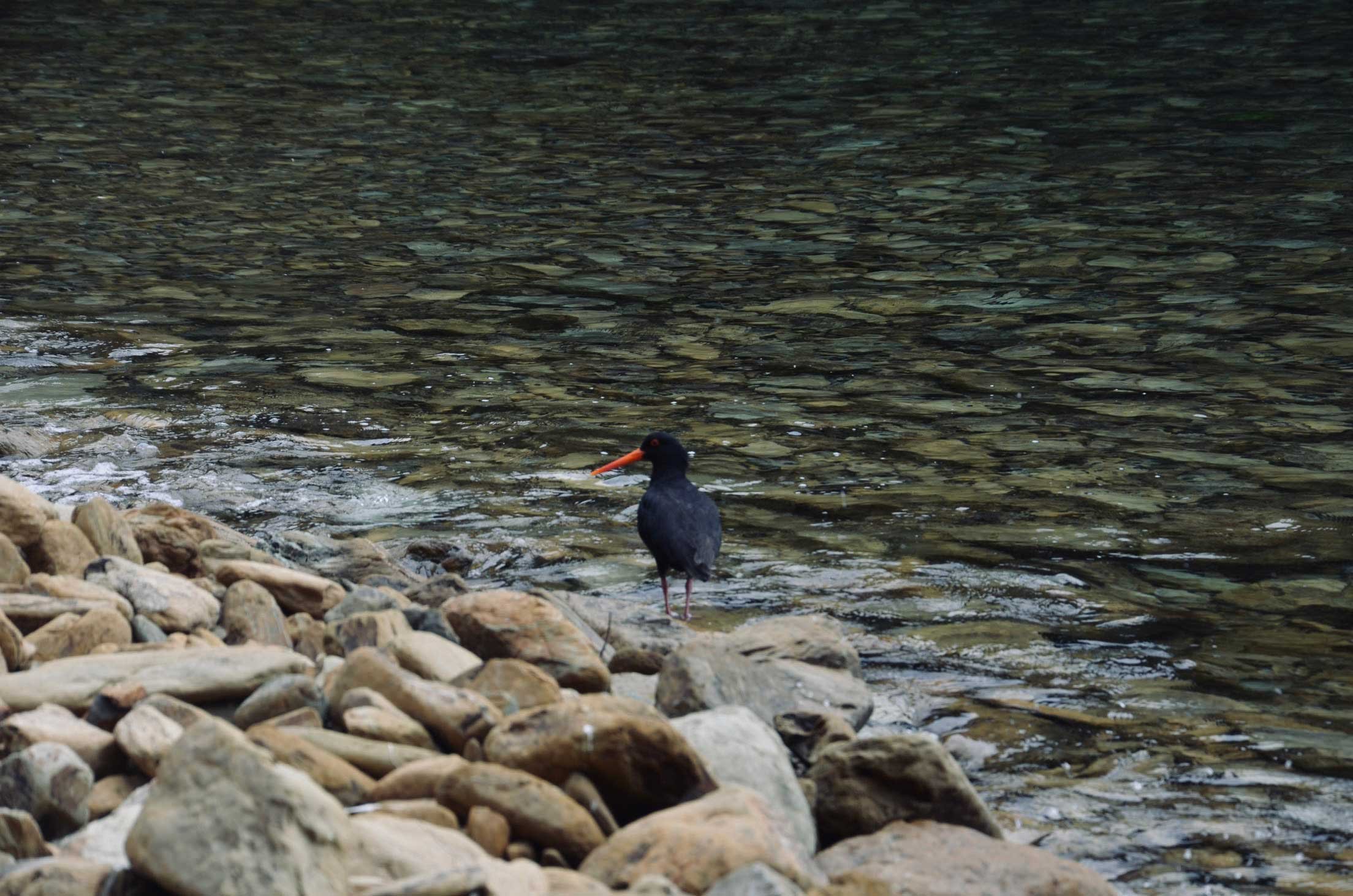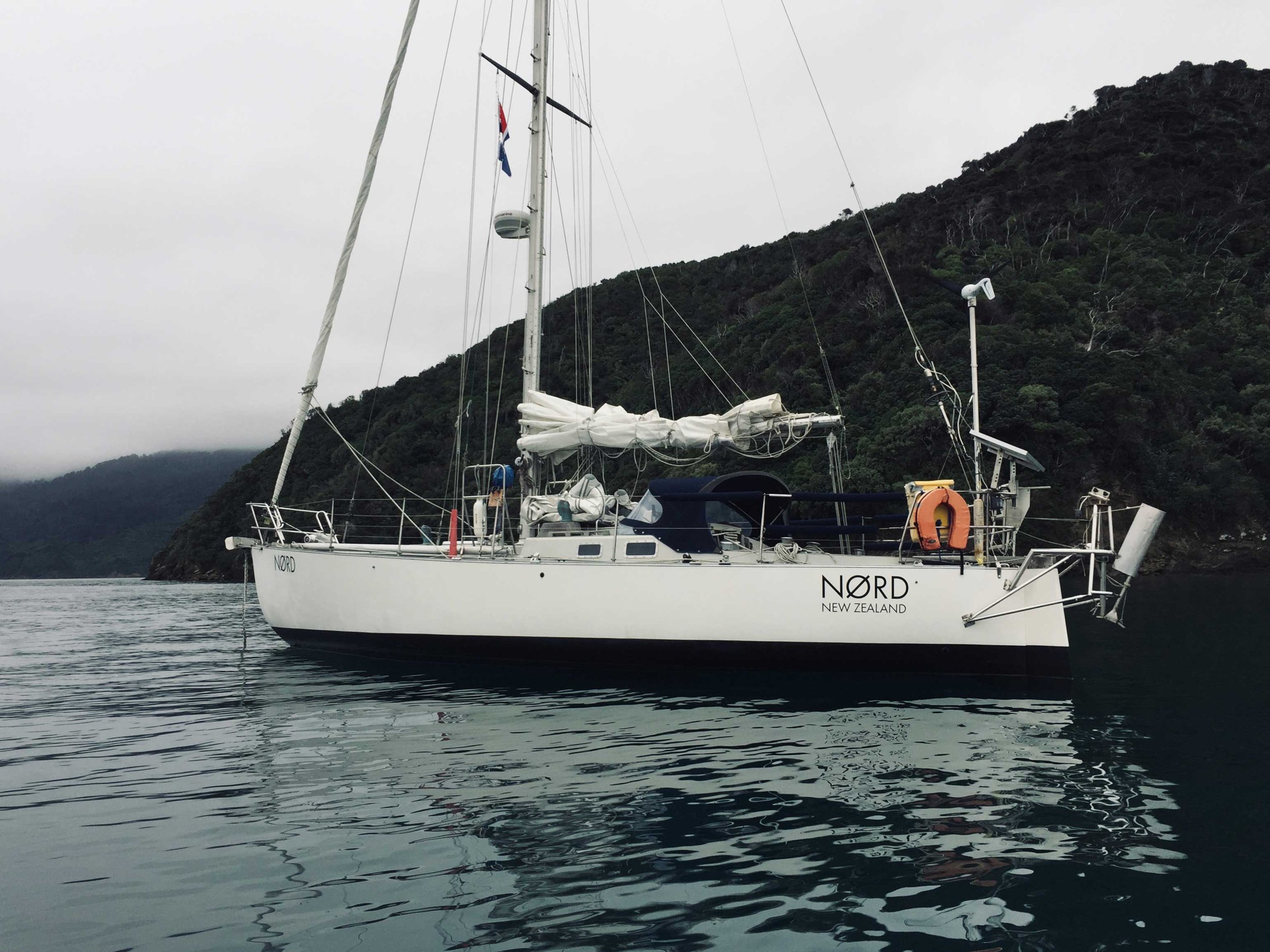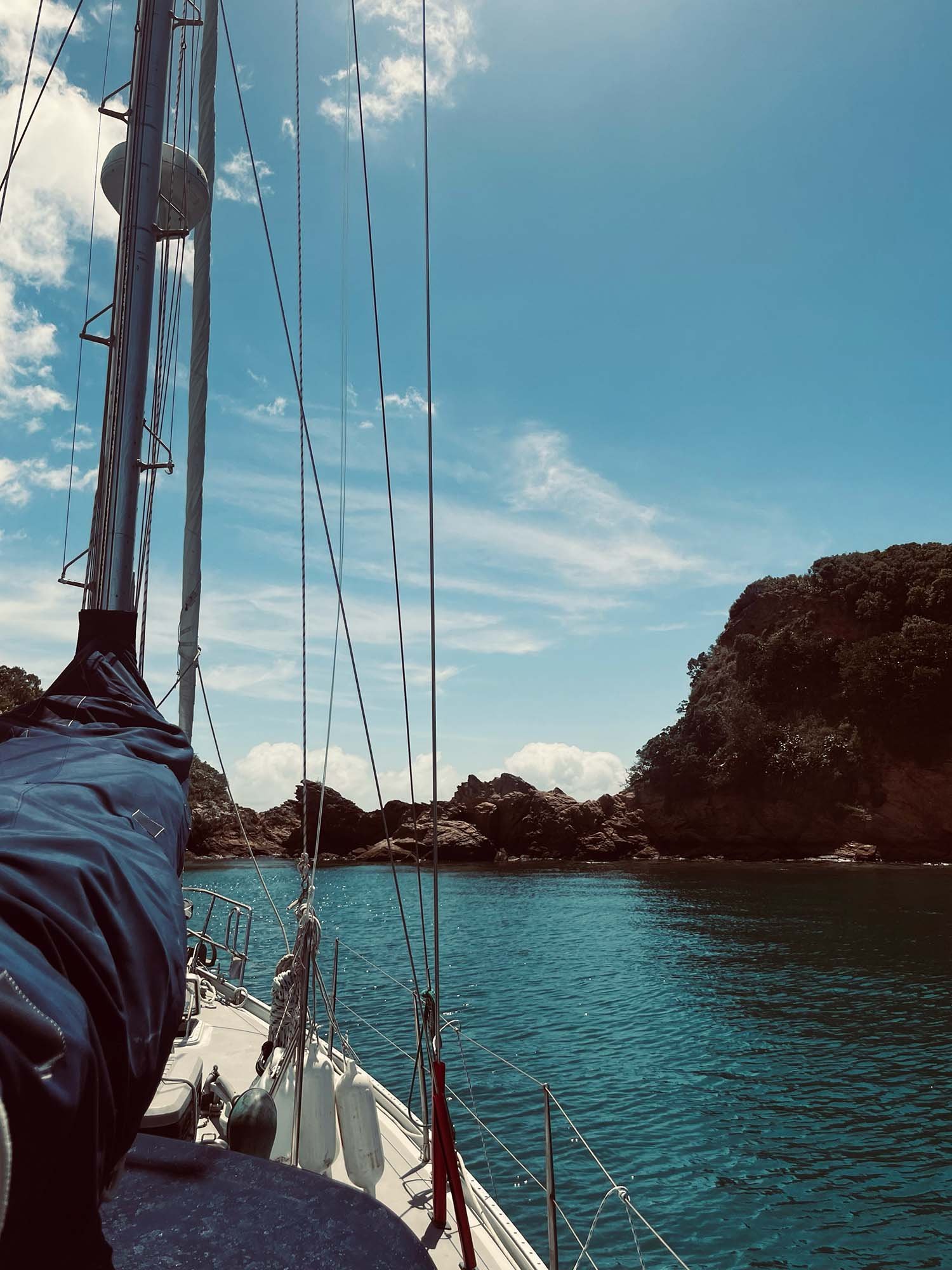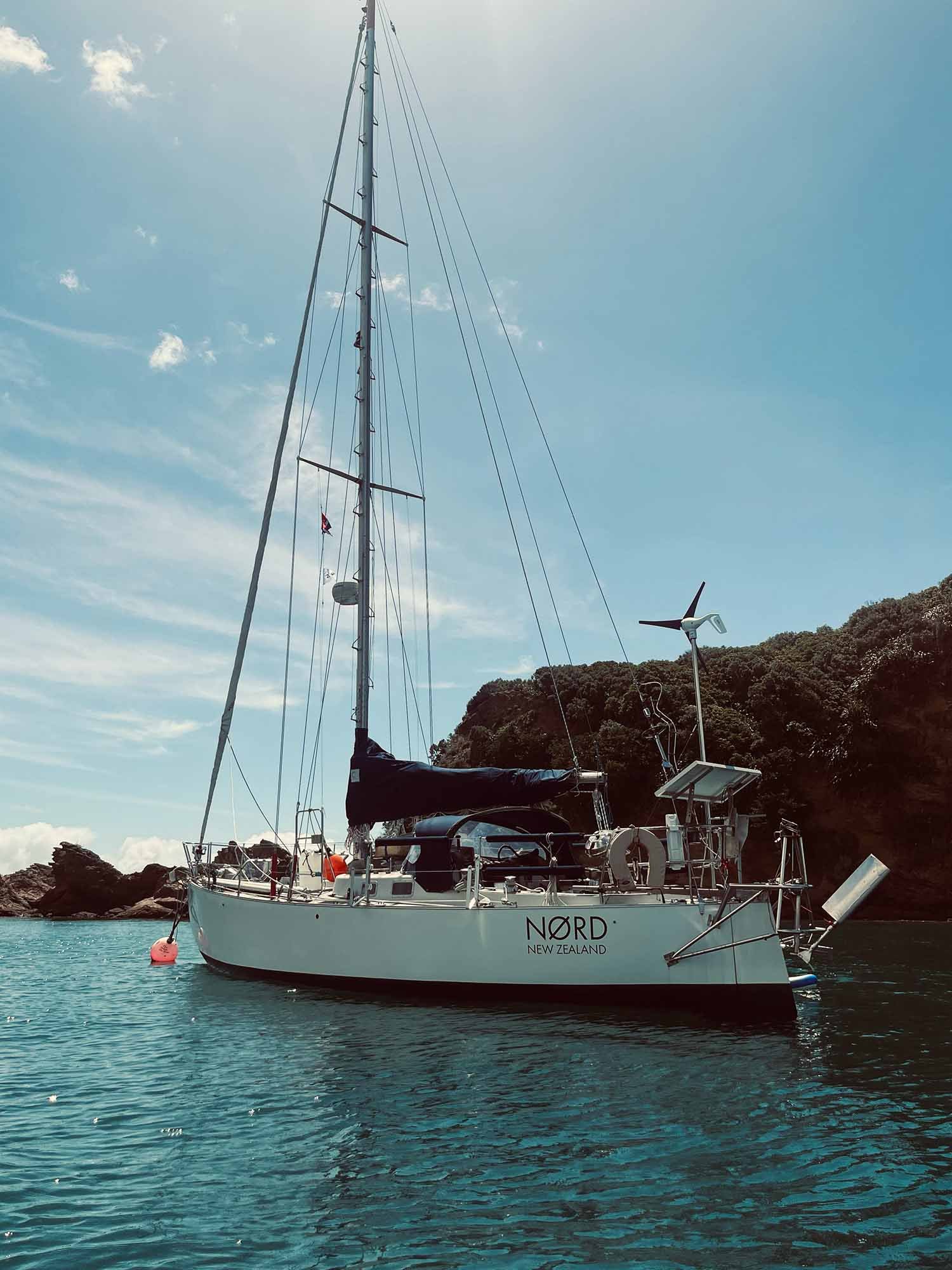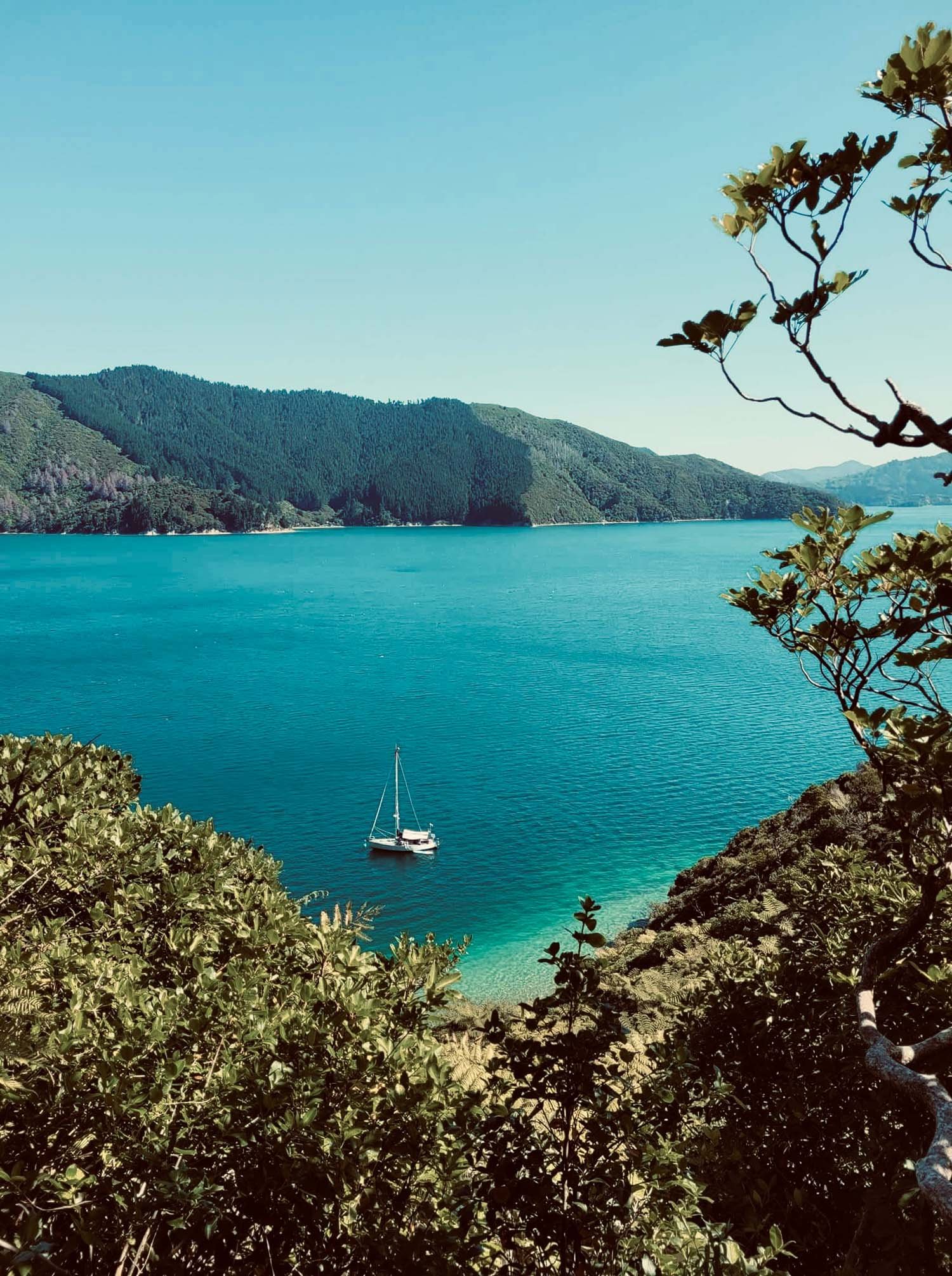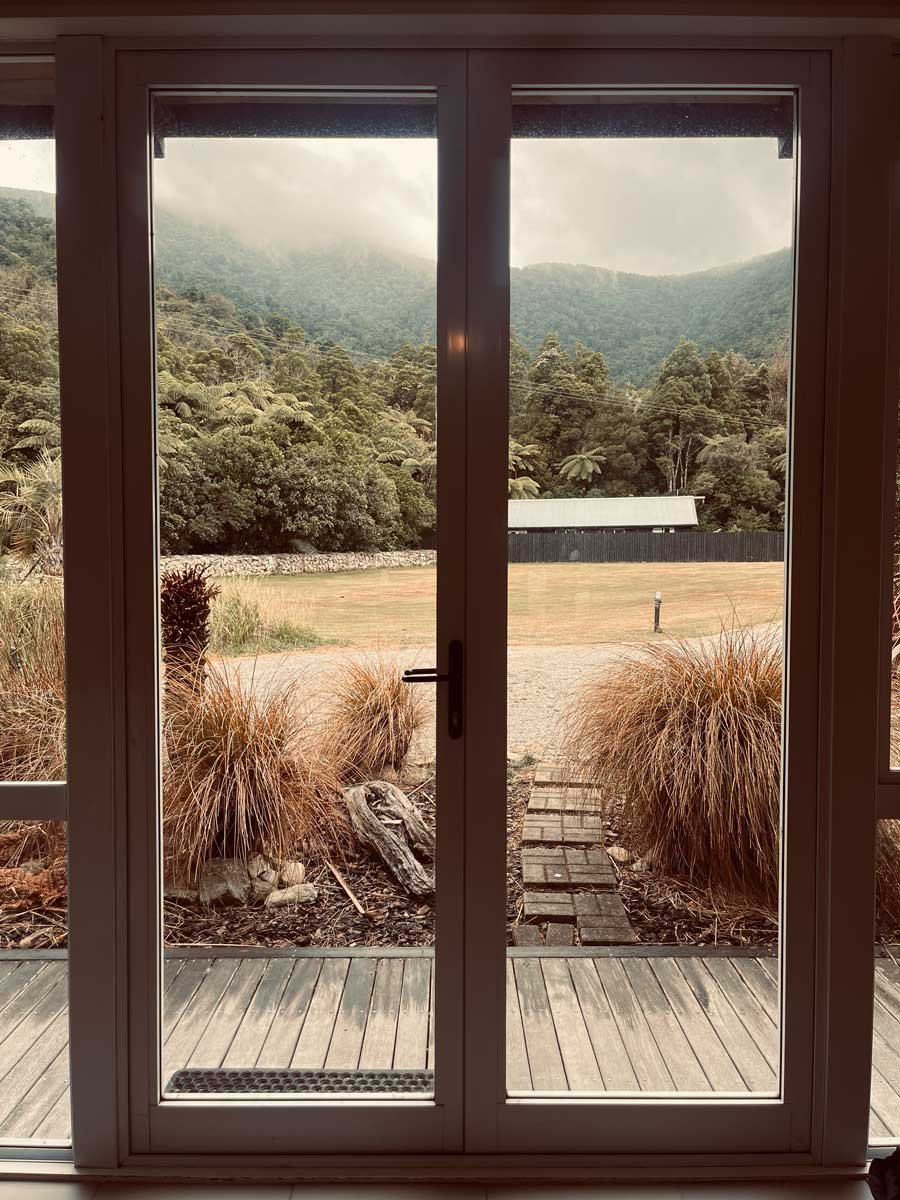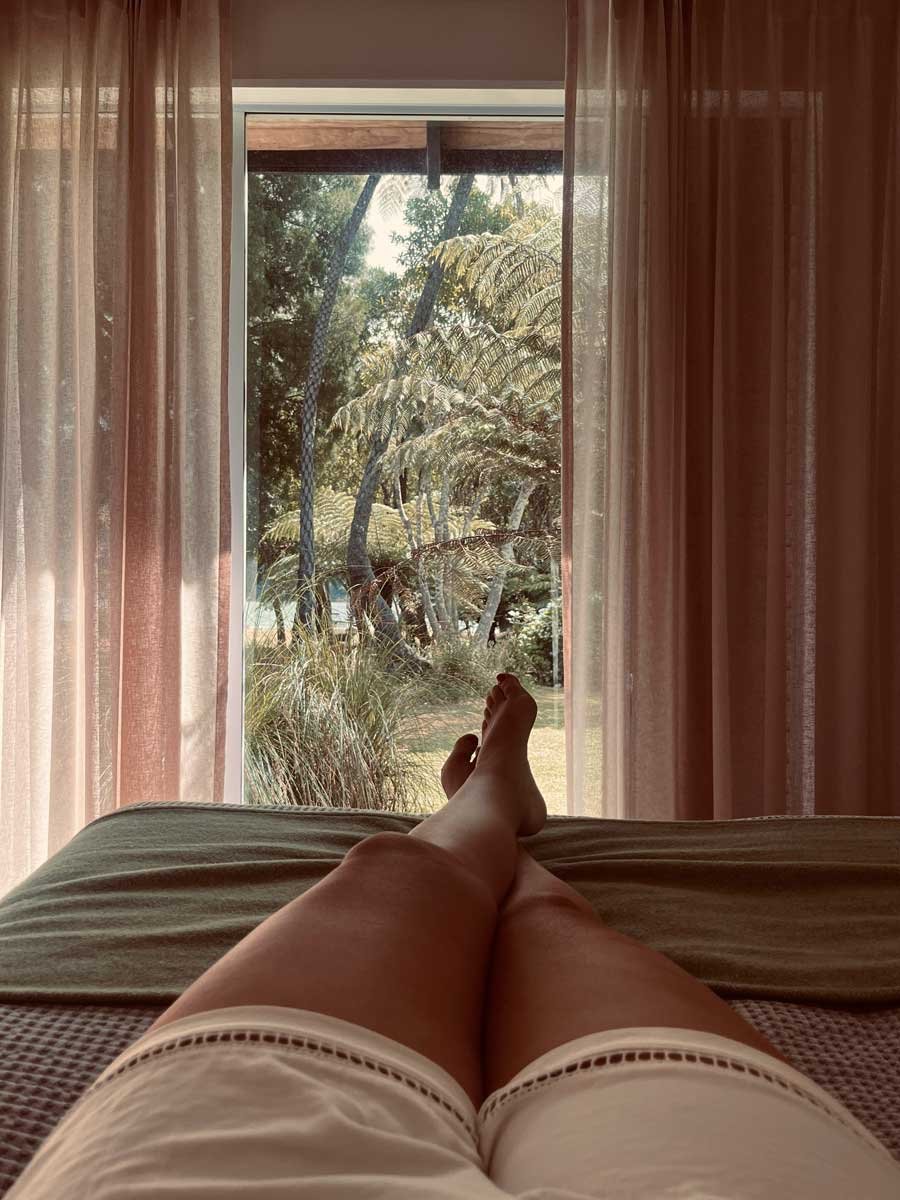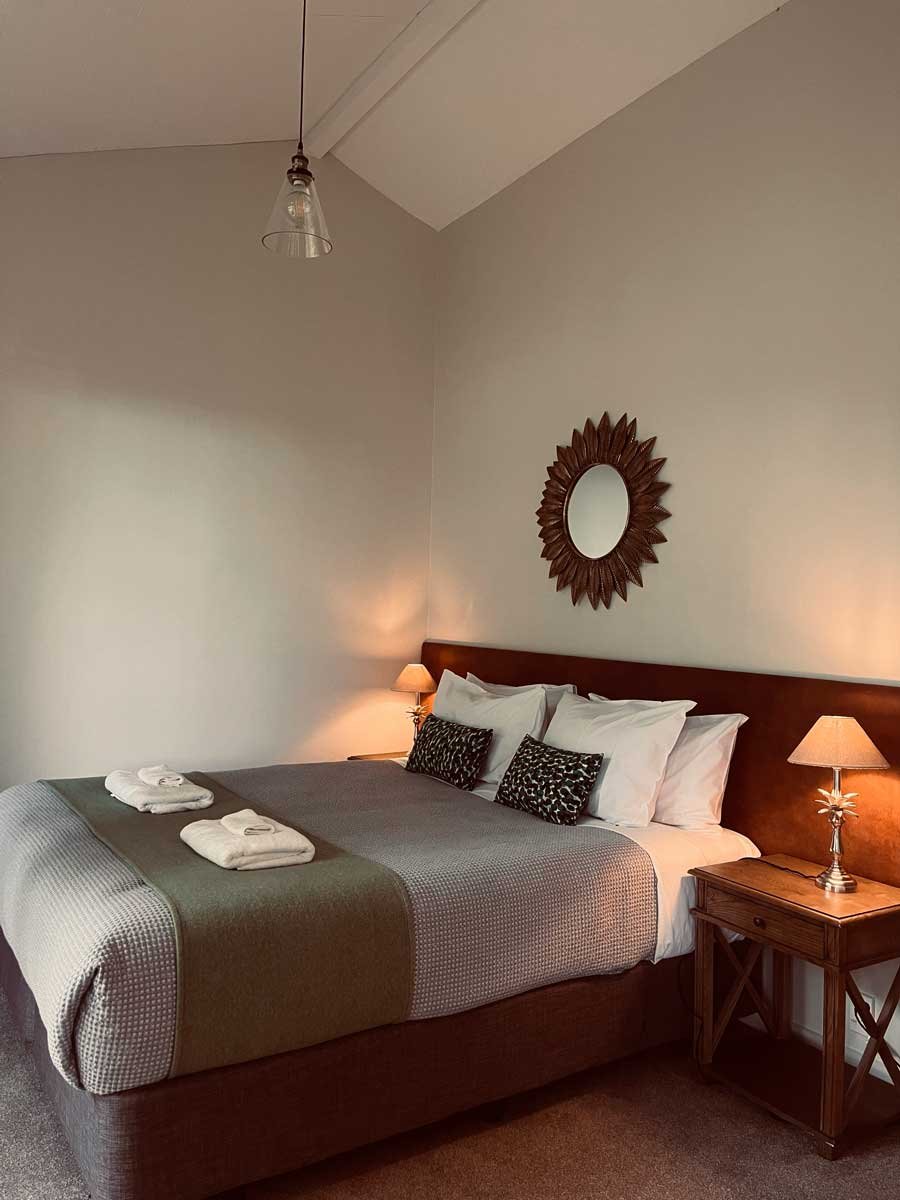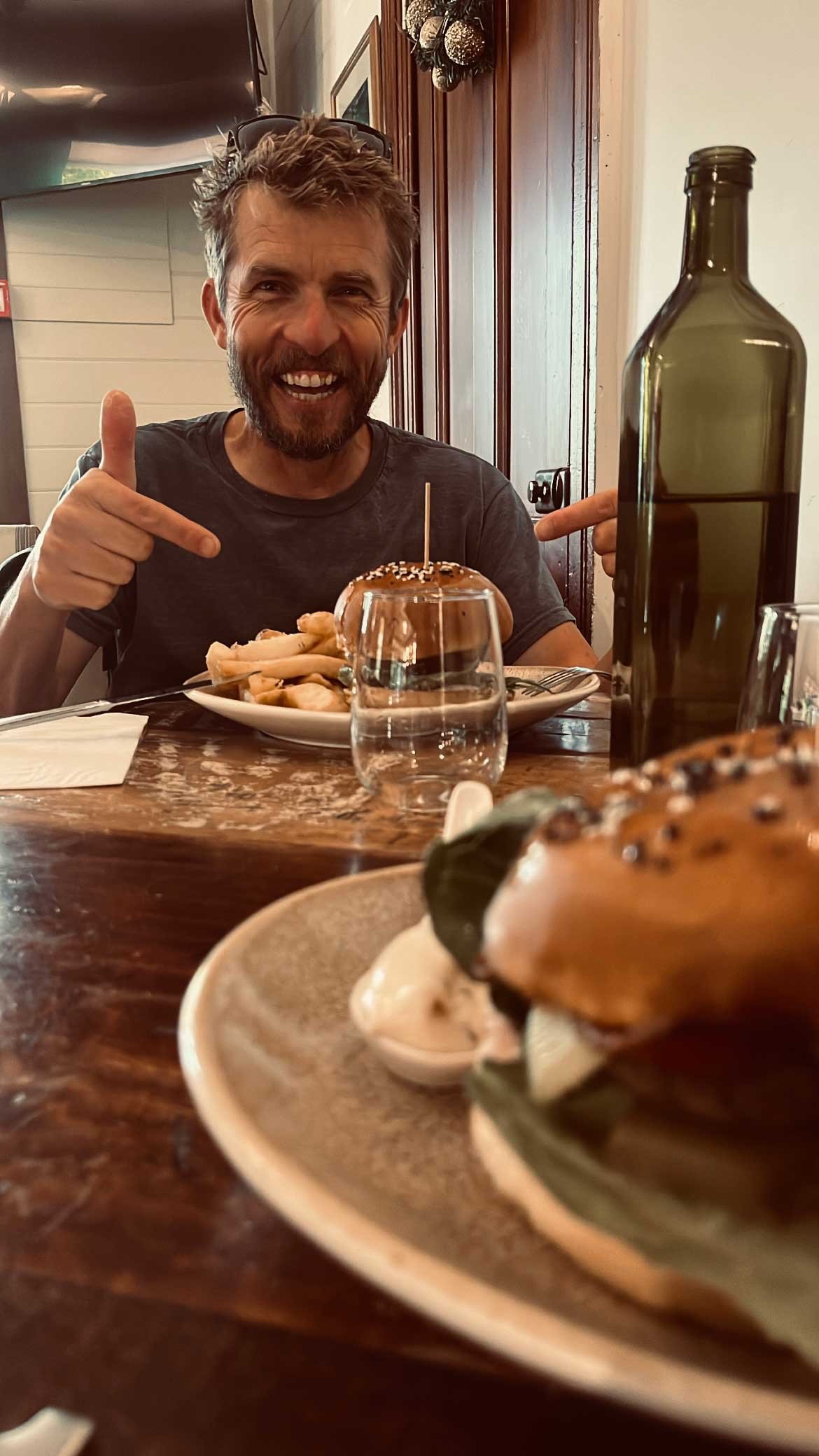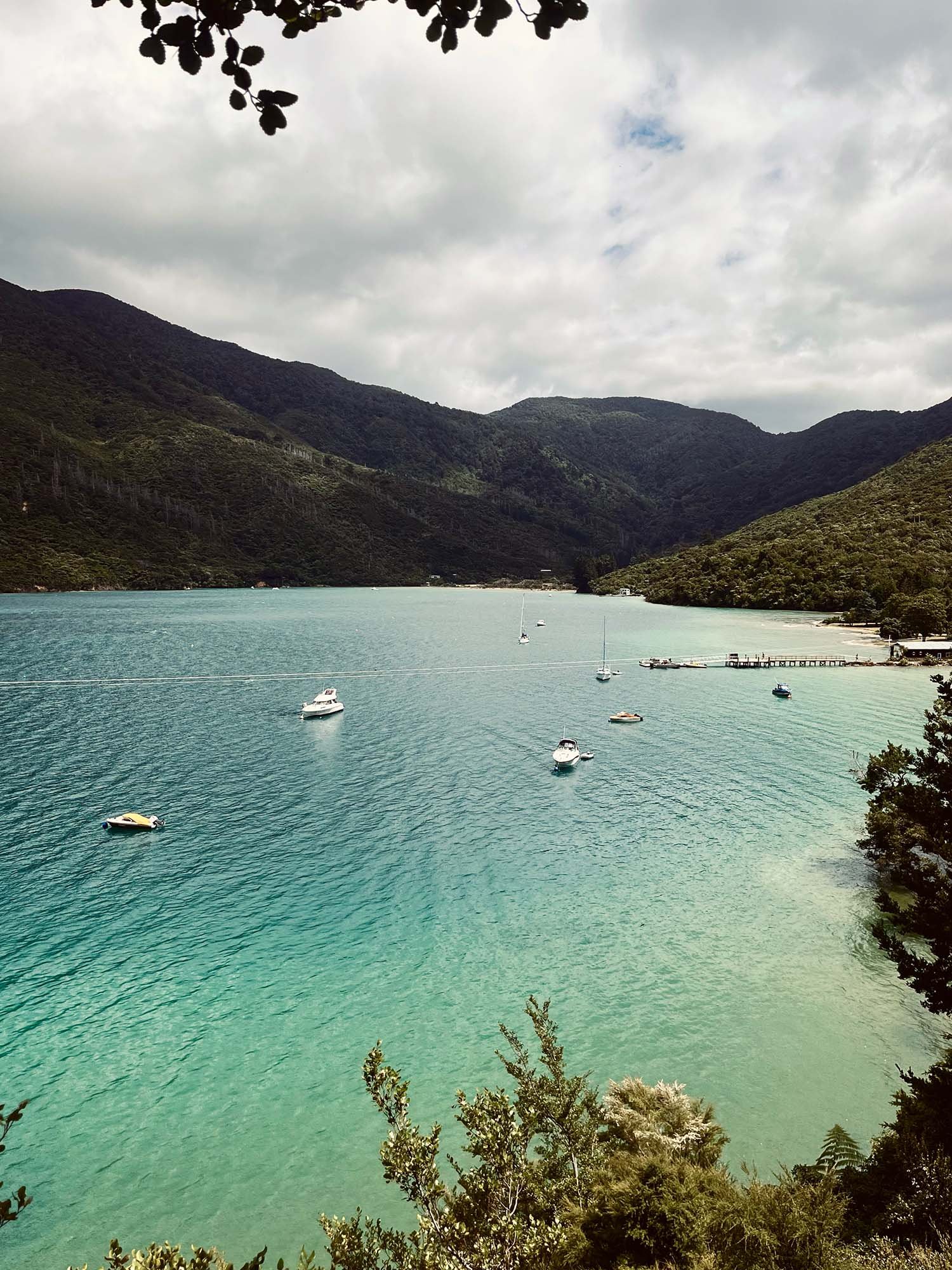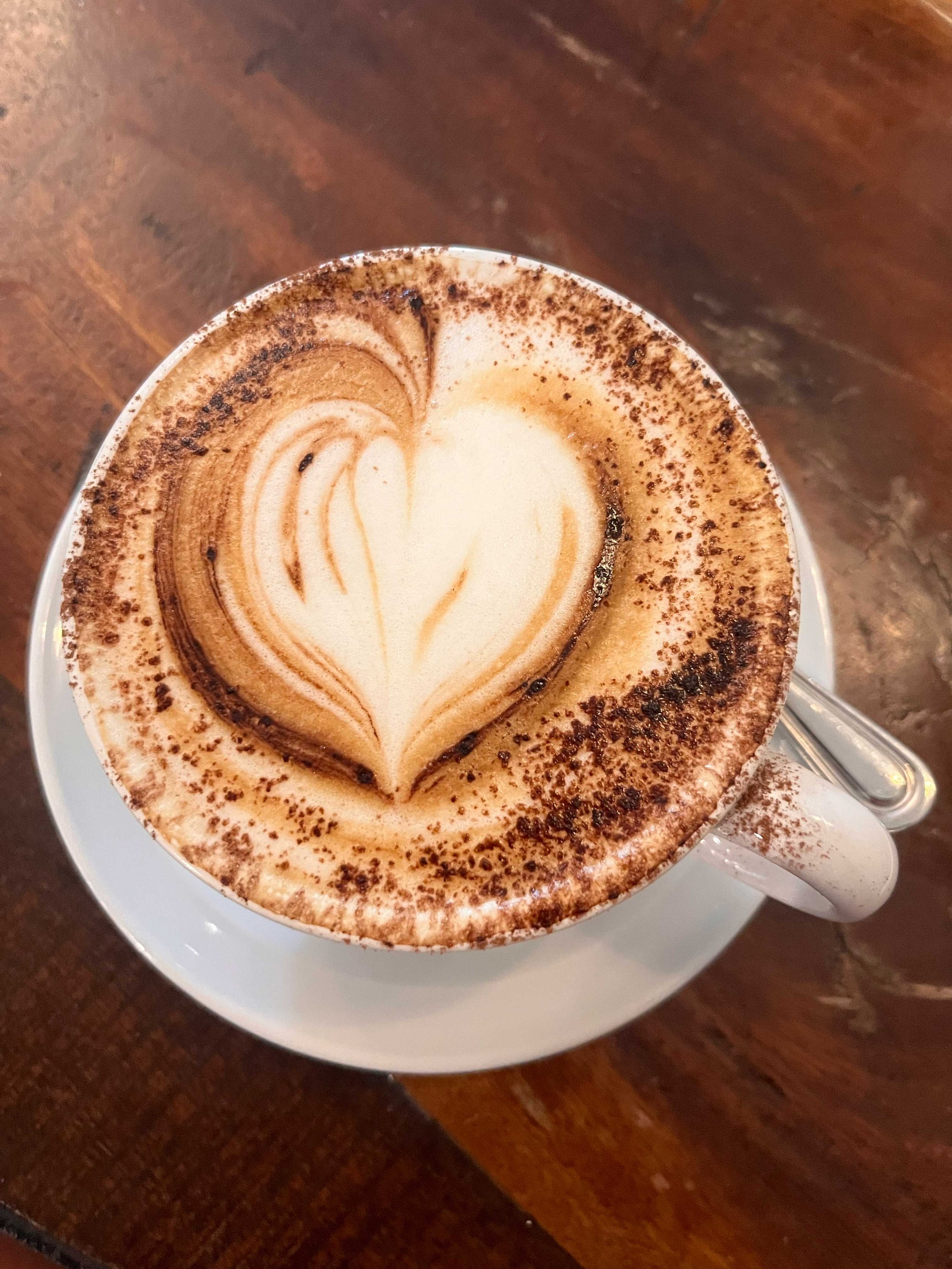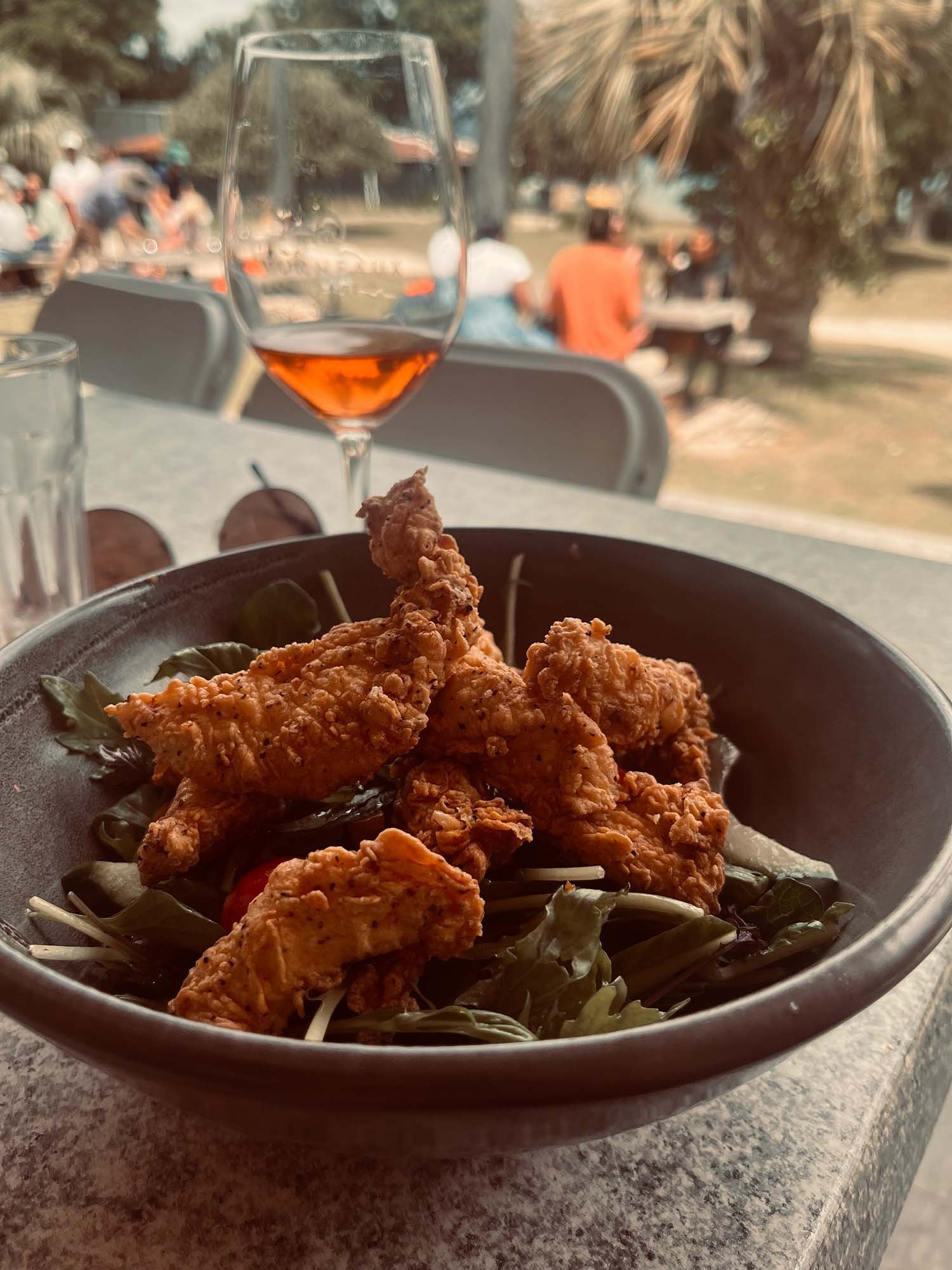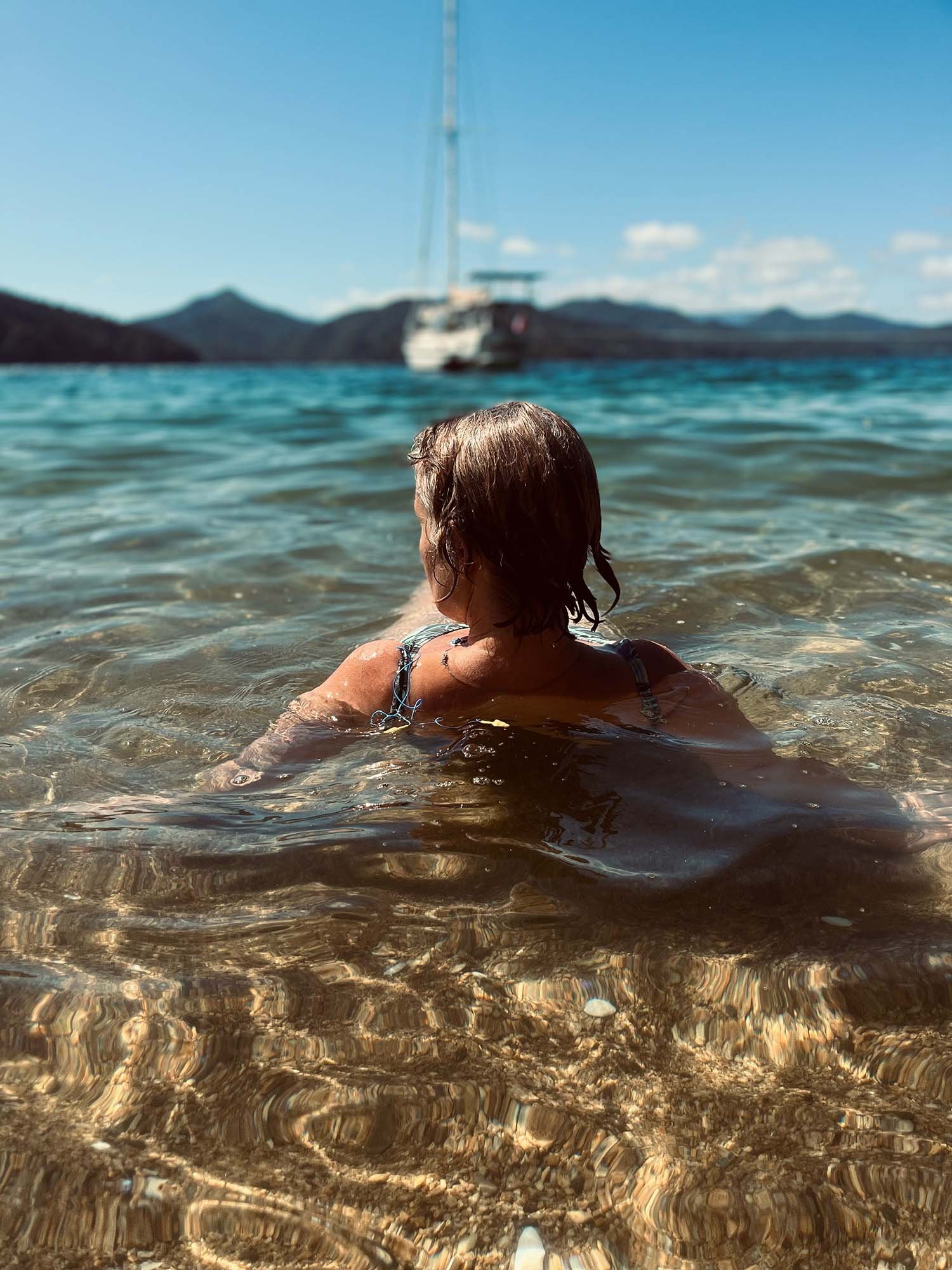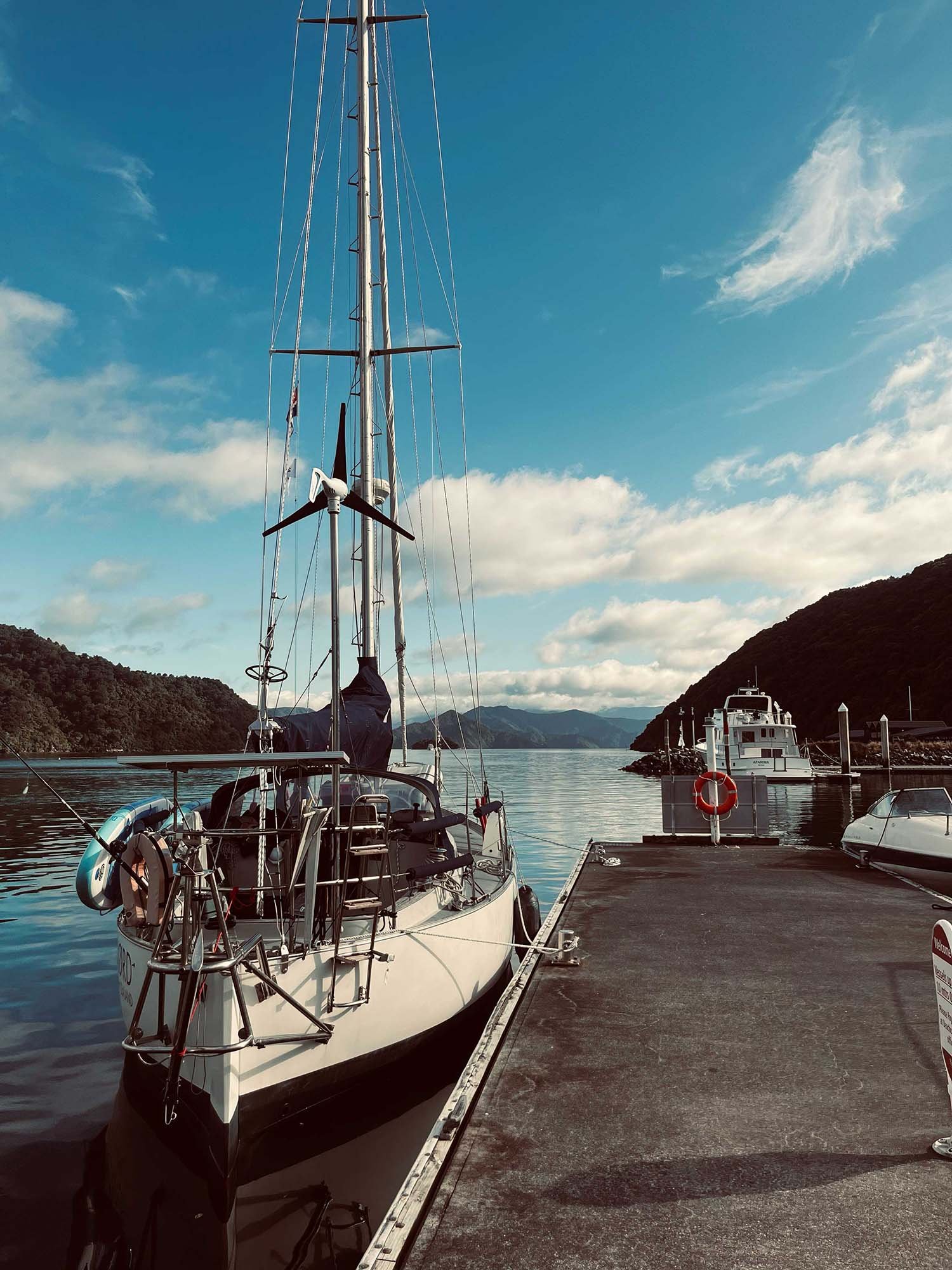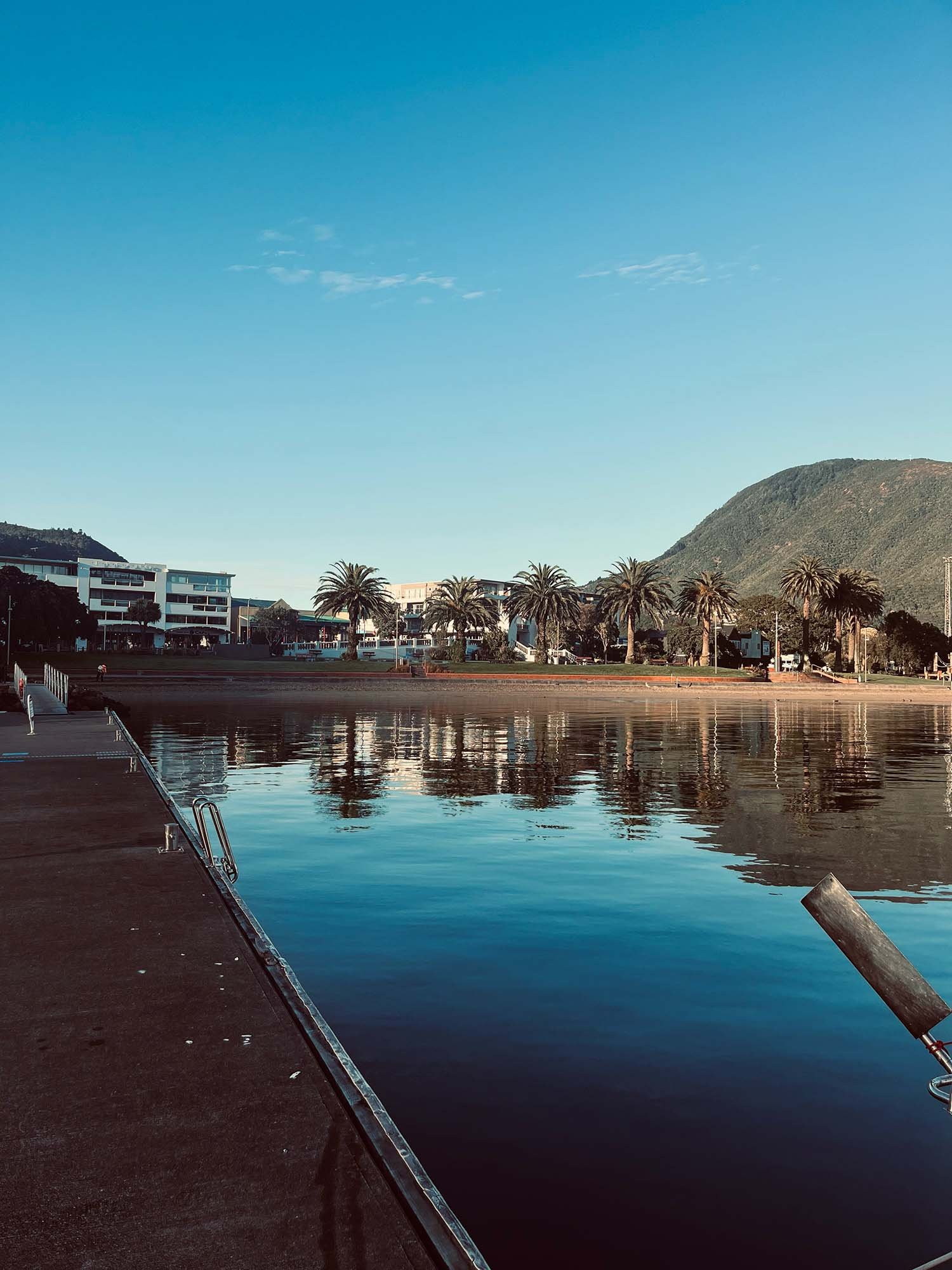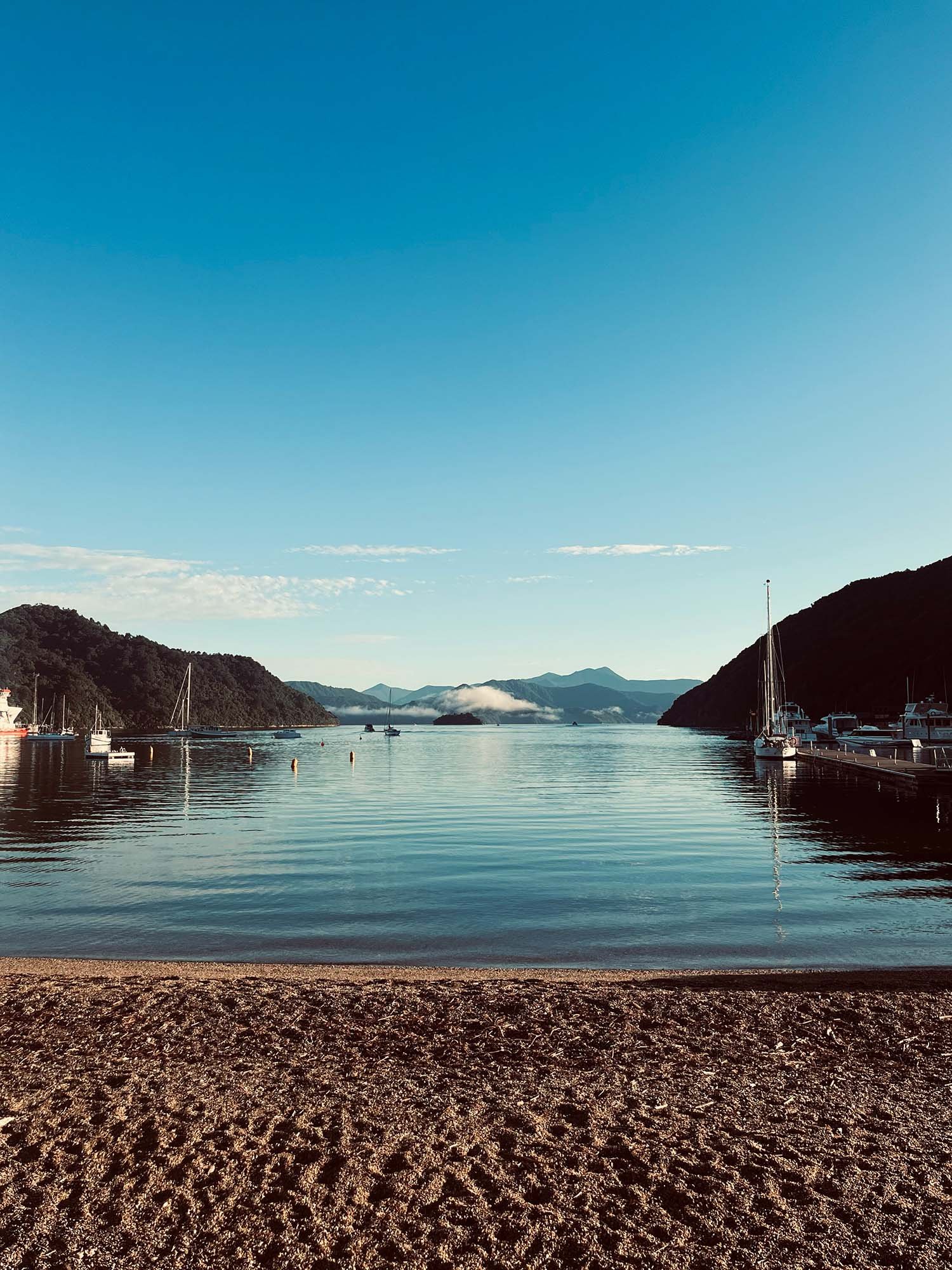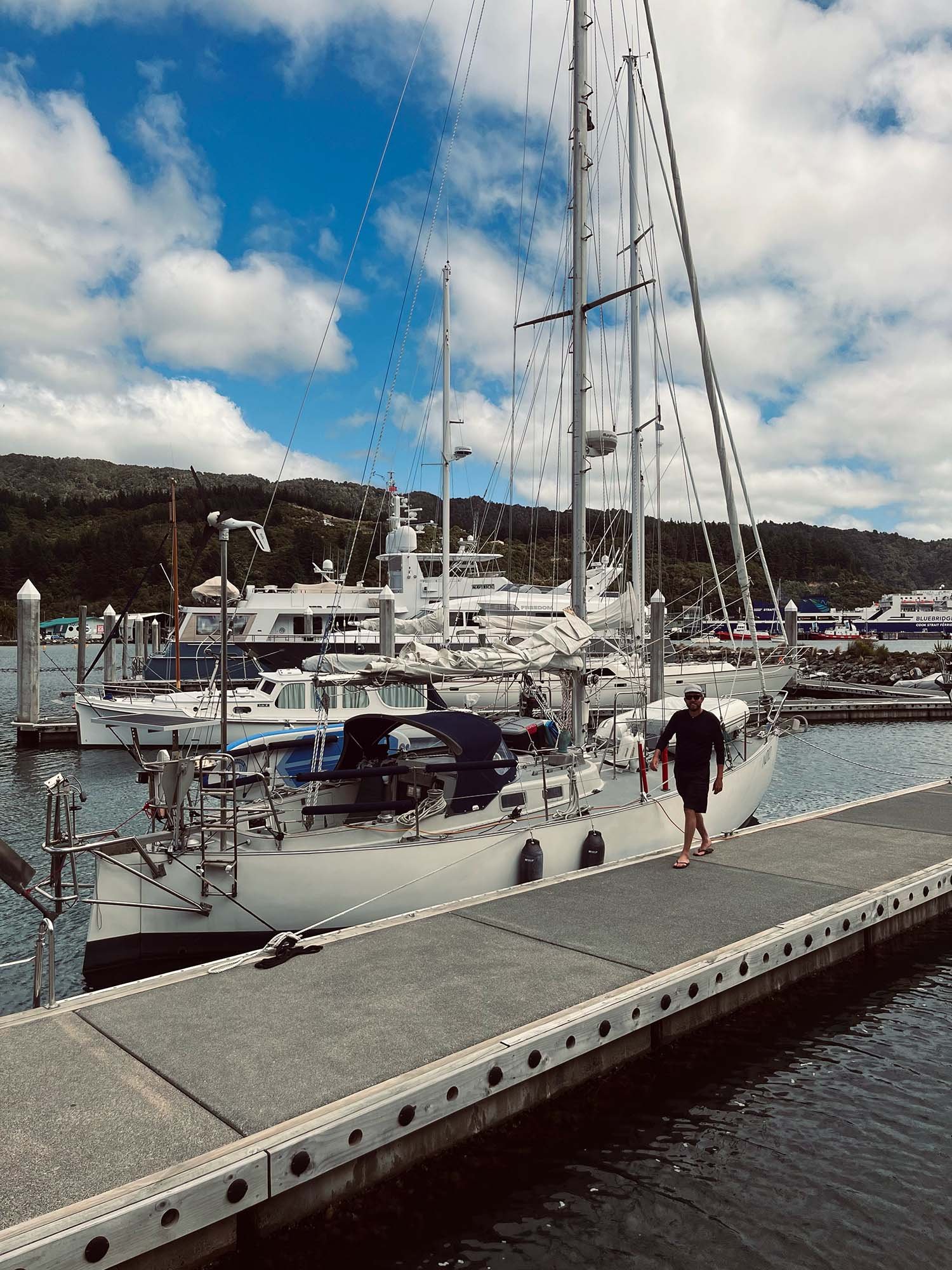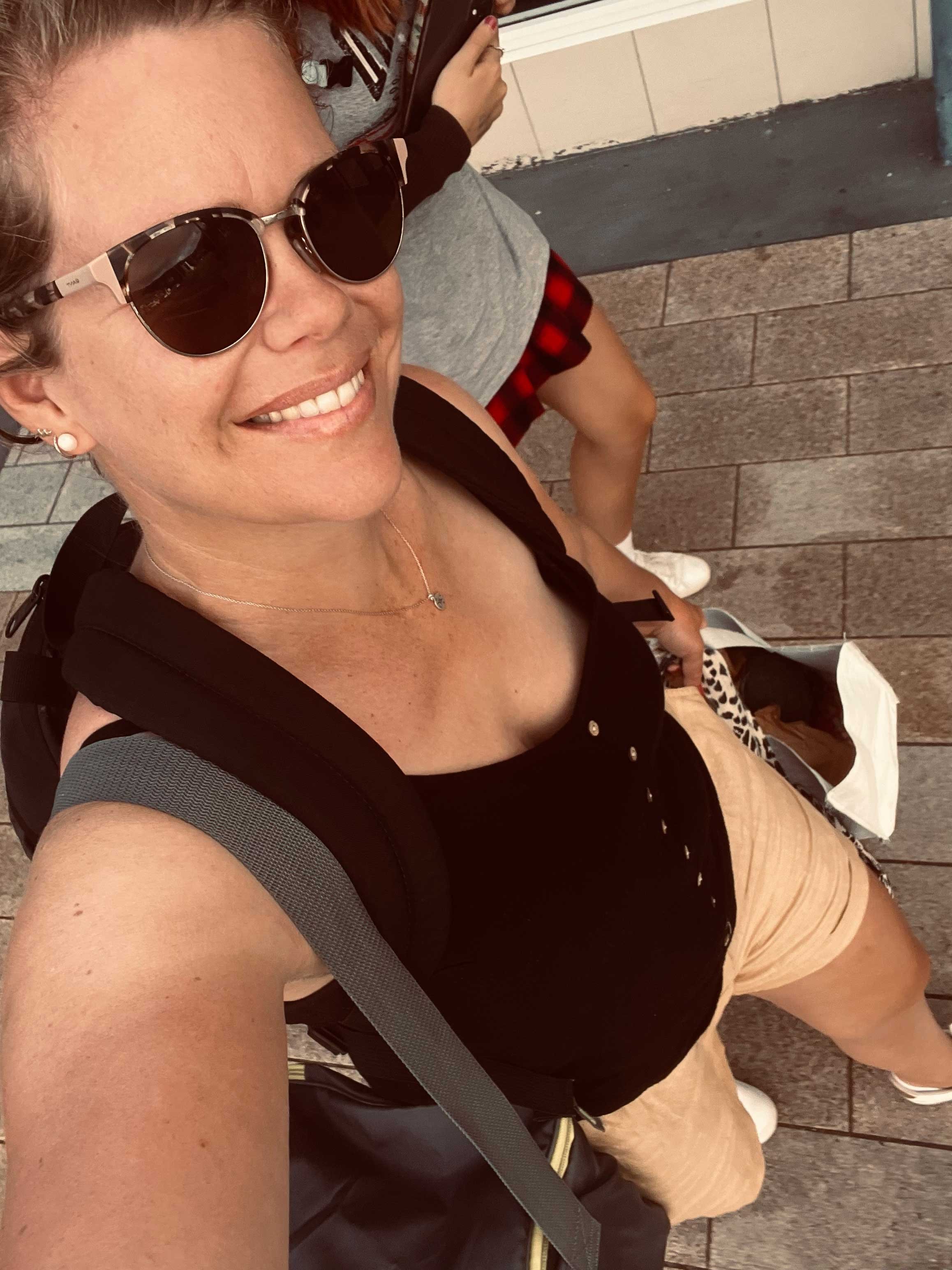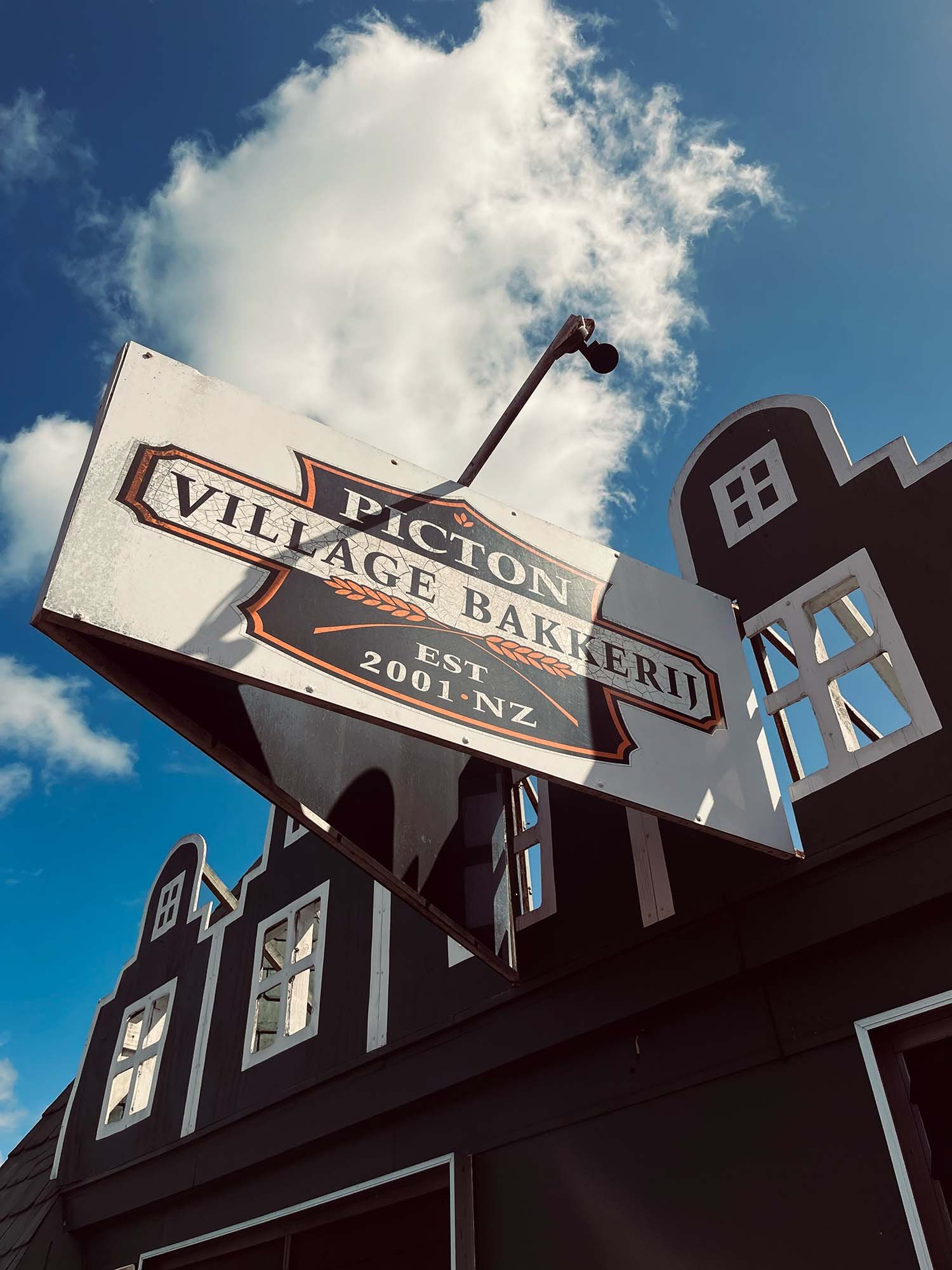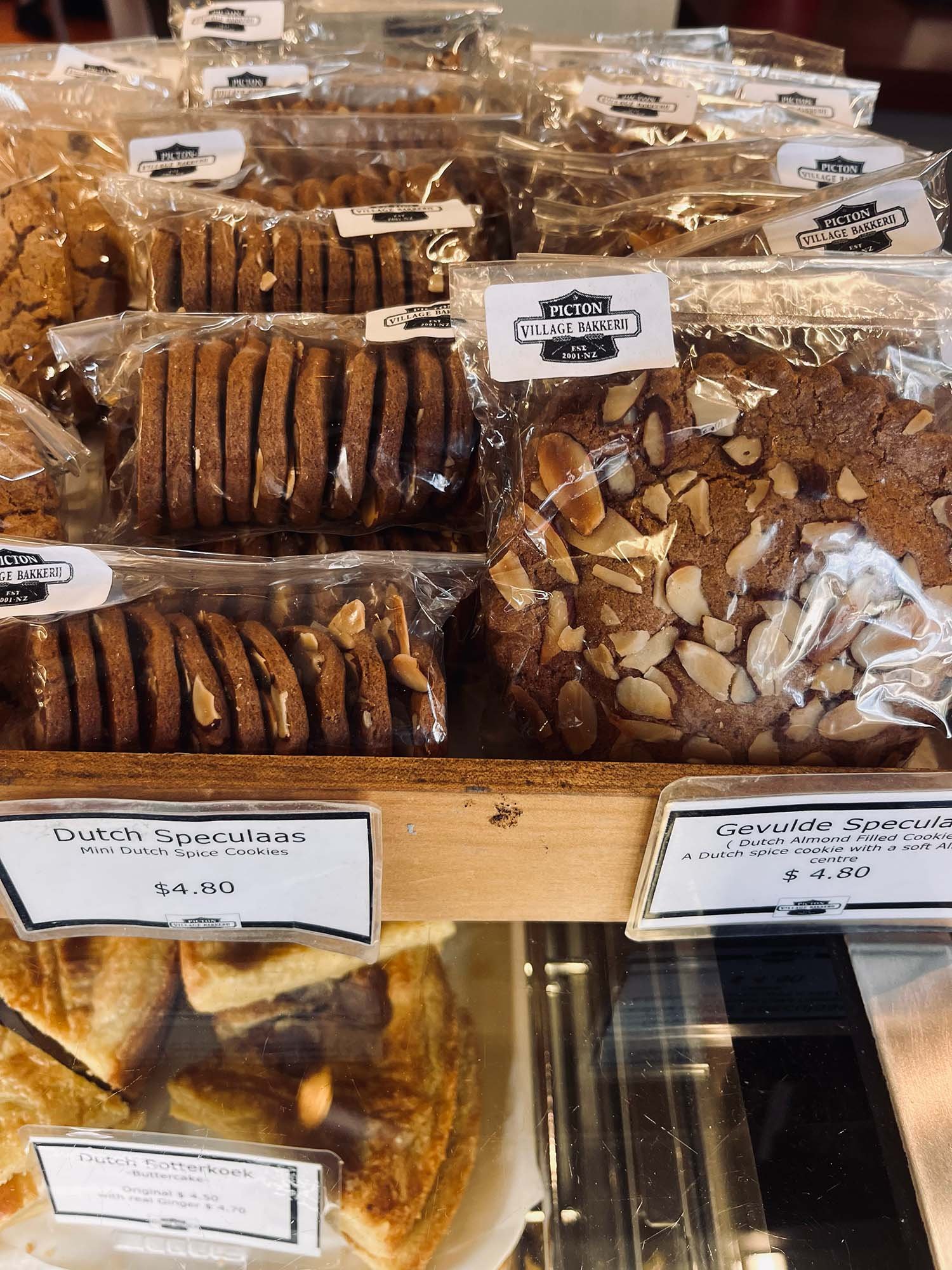Navigating Paradise: The 11 Best Anchorages in Queen Charlotte Sound, New Zealand
Many Saltwater Journal readers have Aotearoa, New Zealand on their travel bucket list. It’s easy to see why! New Zealand is known for its stunning landscapes, and one of its most remarkable natural wonders is Te Tauihu-o-te-Waka, the Marlborough Sounds. Nestled at the tip of the South Island, and stretching over 1,500 kilometers of coastline, this intricate network of bays, coves, and islands is a sailor’s dream come true. It’s breathtakingly beautiful, and ecologically diverse with crystal-clear waters, lush native bush, and abundant wildlife. Queen Charlotte Sound, also known as Tōtaranui, is one of the four major sounds that make up the Marlborough Sounds (along with Kenepuru Sound, Pelorus Sound, and Mahau Sound). It offers some of the best anchorages in the world.
I’ve been exploring Queen Charlotte Sound for many years on our sailboats and have fallen in love with it — naturally I want to share it with you! Here I’ve documented the 11 best anchorages you won't want to miss in this slice of paradise.
Plus, you’ll get the key information on the best cruising guidebook to use and top tips on sourcing fresh water, food, shower and laundry facilities.
Contents
Why Sail Tōtaranui, Queen Charlotte Sound?
When’s The Best Time To Visit?
What’s The Sailing Actually Like?
Best 11 Anchorages
Why Sail Queen Charlotte Sound?
It really is like a prehistoric wonderland that you can tuck into and feel like you’re the only person on earth. With native bush and birdsong to the water’s edge, it’s easy to be in awe of nature. The dramatic terrain is ever changing, with vistas to appreciate from most bays. It’s also enjoyable to keep fit exploring on land here – that’s in part due to the Queen Charlotte hiking track. There’s good fishing, incredible wildlife, and it’s straightforward to refill water and stock up on fresh food supplies in Picton. In many ways this is the perfect place for cruising.
Explore the Queen Charlotte Track
The Queen Charlotte Track is a 70 kilometer long hiking trail that offers breathtaking views of the Sound. It’s one of New Zealand's premier walks and many of the bays have access to it. This makes it easy to stretch your legs ashore and explore on land. The track is very popular, so during the summer season, you’ll likely encounter hikers ashore and see the water taxis ferrying groups to drop off points (usually Ship Cove). If your boat fits a mountain bike — some cruisers take advantage of the trails that way!
Conservation & Birdlife
The sounds are home to a diverse range of bird species, including the iconic New Zealand native, the kiwi bird and tuatara, plus rowi kiwi and the king shag, or kawau pāteketeke, that’s endemic to the Marlborough Sounds and there are only 700 or so in the world. Additionally, you can spot tūi, bellbirds and wekas on the beach! It’s common to see blue penguin, seals, bottlenose dolphins, and the rare Hector’s dolphin, and on occasion orca and humpback whales. Due to its unique ecosystem, Marlborough Sounds is protected and is part of various conservation initiatives, and could be the world’s first registered Wildlife Heritage Area by the end of 2023.
Historical Significance
The area has a rich Māori and European history, including Captain James Cook's explorations in the late 18th century. Ship Cove in particular, is marked with colonial monuments — Cook first dropped anchor there with Endeavour, later visiting several times. On Motuara Island an historic plaque claims ‘possession” of the mainland in the name of King George III. Whilst Cook’s visit is significant, more so are the tangata whenua/the first people who lived here for generations and their deep connection to Tōtaranui, Queen Charlotte Sound. Learn more about their stories here.
World Class Wine
The Marlborough region is not only about stunning landscapes and outdoor activities; it's also a wine region famous for its Sauvignon Blanc. If you’re into wine – there are Waikawa and Picton marina options to berth your boat, and explore local vineyards.
When’s The Best Time To Visit?
Late morning winter fog
Visit Queen Charlotte Sound any time! Winter is quieter with less recreational cruisers and tourists — you can go for days without seeing another boat in the outer Sounds. You’ll need a heater onboard to keep you warm and dry, as many of the anchorages won’t see the sun until midday, and there are often days with a heavy fog that doesn’t lift. But winter also offers some of the most calm settled days to enjoy being onboard — just glorious peace and quiet.
Summer of course, is the most popular time for visitors to the Sounds. Due to the high number of homes and holiday baches tucked into many of the bays, there’s much more boat traffic in the Inner Sounds during peak holiday times. The moorings available for use by clubs tend to be snapped up quickly, so it’s worth knowing the key spots for anchoring (read on). Don’t let any of this put you off though — summer brings slightly warmer water into Queen Charlotte Sound to make the most of the beautiful swimming, snorkelling and diving on offer. Or just chilling on deck with a cold drink, feeling like the king of the world. What’s not to love?!
What’s The Sailing Actually Like?
Here are the key aspects to consider when sailing in Queen Charlotte:
Plan A Tidal Entry From Cook Strait
Firstly, to get to Queen Charlotte Sound, you need to cross Cook Strait, which comes with its own set of challenges — namely changeable weather, strong tides and sometimes severe sea conditions. To enter Queen Charlotte through Tory Channel, it’s necessary to enter on a slack to incoming tide, as the current runs up to 7 knots. For entry at the northern end of QC, timing the tide isn't quite as crucial but it’s highly recommended for the assisted speed. When you’re sailing in the Sounds, using the tide to your advantage does make a difference!
Variable Winds & Willywaws
Sailing in a squall in outer Queen Charlotte Sound
I’ve met international cruisers who’ve been surprised at how challenging sailing in the Sounds is! That’s because the wind is just so variable — with huge bursts of intensified squalls as it funnels down steep gullies and swoops around land points. Willywaws are common and have been known to knock yachts over, if caught with full canvas up! Sailing in the Sounds surrounded by impressive scenery is fun though. For the most part, it’s either all wind or no wind, and there can be a fair bit of motoring while bay hopping.
Sea State
The outer sound is more exposed to Cook Strait winds compared with the inner sound which is much calmer
Despite Queen Charlotte Sound being a relatively enclosed area of sea, the conditions can deteriorate quickly especially towards the outer Sound which is more exposed to strong winds which funnel through the Cook Strait. From Endeavour Inlet north in strong wind against tide, the sea state can build to a rough state. However, there can be at least a 10 knot difference from outer Sounds to the inner, so if there’s bad weather on the way it’s worth heading further into the Inner Sound. We’ve sat out remnants of a southerly cyclone in Governors Bay fairly comfortably — there are definitely a few good hidey holes to use — read on for those!
Weather Reports
Channel 63 is the go-to
Fortunately, it’s easy to get the weather on VHF while out of cell/data range. Marlborough Nelson Marine Radio is a volunteer run operation servicing the entire area providing valuable weather and safety information, trip reports and any assistance boaties may need to connect with, between the hours of 07:00 and 22:00.
They broadcast the most recent MetService weather forecasts for sea areas Cook, Stephens, Abel, Conway and Grey on channels 01, 04, 05, 60, 63, and 65 starting at 0835, 1135, 1335 and 1735. The forecast for today and the following four days is given starting at 0835 and 1735, and the abridged forecast for today and tomorrow is given starting at 1135 and 1335.
Maritime Radio transmit the weather at 0533, 0733, 1033, 1333, 1733 and 2133 — listen on Channel 16 for a general broadcast and then go to the appropriate channel for your area.
Channel 63 is the go-to for most boaties (including myself) in Queen Charlotte.
If you miss a broadcast then the Marlborough-Nelson Radio operators are happy to give updates on request. Please call them and tell them which sea area forecasts or information you require. Please consider making a donation or joining MNMRA for a small annual fee to show your support to these wonderful folk who watch over us boaties.
Big Busy Ferries
Huge ferries come and go regularly through Queen Charlotte
Another consideration to be mindful of when sailing the Sounds is the huge cruise and cargo ships that come into Picton Port regularly. They transit via Tory Channel, so it pays to watch on AIS, or keep your eyes peeled when sailing nearby. They sneak up much quicker than you realise, and you don’t want to be caught out!
The Best Cruising Guide
The 2023 edition of the Cruising Guide, also available in app version
Marlborough Sounds cruising guide (official title: New Zealand Cruising Guide Central Area) is THE book to have onboard when planning your trip. First produced in 1979, its hand-drawn maps of each bay and detailed navigation info on where to shelter for each wind direction and where to anchor — are just as accurate today. There’s also a great interactive app or online version which includes much more information still on local facilities, moorings, and real-time safety navigation warnings.
I recommend using both — especially as the physical book is a fail safe go-to (unless you drop it overboard *facepalm*)
The app is free available through App Store and Google Play, and the 2023 book edition can be purchased here.
Access To Moorings
Being available to raft up is a condition of using most club moorings
Joining as a member of Pelorus Boating Club, Waikawa Boating Club, and Mana Cruising Club gives you exclusive access to about 100 moorings situated across the Marlborough Sounds and D’Urville Island. It’s not expensive to join the clubs, and it’s so worth it! Anchoring in many parts of the Sounds is very deep and steep close to shore — so having moorings in many of the best bays is awesome. They’re all in prime locations, and are easily identifiable by buoys bearing the marking "PWM”. A mooring map is available for purchase through each club, or you can use the Cruising Guide (app and book) above which details the locations also.
Rest assured these moorings are all regularly serviced and offer secure mooring options for both day and overnight stays. Check the club websites which list any mooring issues/servicing. There are important club rules and general conditions you must know before using the moorings — and a mooring etiquette — especially important when rafting up with other boats. Providing everyone follows these most users are pretty happy!
Best 11 Anchorages
Read on to discover the best 11 anchorages, starting from outer Queen Charlotte Sound to its inner bays:
There are plenty more incredible places to visit, but here are my top 11!
Outer Queen Charlotte
The outer area of Queen Charlotte Sound is less populated by day boaties over summer, but is more exposed to the weather. There can be at least a 10 knot difference from the inner sound to the outer area. There’s better fishing out this way though (hello Gurnard and Blue Cod!), and if you’re stocked up well with food and water, it’s easy to spend weeks cruising about, exploring bays and ducking from one side or the other for the right anchorage protection. You’ll find some of the quietest places to explore out here.
1. Meretoto, Ship Cove
Raft up at Ship Cove
Exploring the Cook monuments
Meretoto, Ship Cove is the first bay to visit on the eastern side of Queen Charlotte Sound and is a favourite among visitors to the Marlborough Sounds. As the major drop off point for walkers of the Queen Charlotte track, there’s plenty of visitor information about the this historic anchorage. For early Māori, Meretoto, Ship Cove offered vital shelter from the rough open sea, and place names in the area reference the great explorer Kupe. Meretoto is the only location visited on all three of James Cook’s explorative voyages in the 1770’s, and the Tahitian navigator Tupaia commands great respect for smoothing the first contact with James Cook and reconnecting local tribes to their Polynesian roots.
Ashore, set against a backdrop of lush coastal forest are monuments to Cook, and modern visitor facilities. There’s a lovely short walk to a secluded waterfall too (30mins return), or if you’re up for a hill climb — you can actually walk the track 4kms over to Schoolhouse Bay (2hrs one way).
2. Motuara Island
If you love bird watching – this is the place for you to visit! This island is predator free, and home to oyster catchers, cheeky black robins and fantails, tūi and bellbird, as well as yellow-crowned parakeets. There’s a wharf to tie your dinghy to, with a well maintained walking track to the top, with historical sites and (on a clear day) incredible 360 degree views from a viewing platform. If you’re lucky you may spot the rare King Shag, of which there are only 500-600 across three local islands and found nowhere else in the world.
There’s a mooring tucked into the south corner of the island, near a jagged rocky outcrop (seals love to sunbathe there), but the anchoring along this southern point is safe in good weather and fairly protected in a northerly breeze.
3. Schoolhouse Bay
Close to shore at Schoolhouse Bay
Schoolhouse is tucked into the corner of Resolution Bay. It’s an ideal spot in everything but a westerly. You’ll love the clear waters here, with three mooring options and good anchoring close to shore. This is a great access point to the Queen Charlotte track, with a campground, longdrop and fresh water supply on tap (boiling is recommended by DoC). There are a couple of running freshwater streams too.
If you’re craving icecream, you’re in luck too — the Resolution Bay Cabins have a wee shop for basic food items. Cash only. Say hi to the tame fish off the jetty while you’re there!
4. Matapara, Pickersgill Island
Matapara, Pickersgill Island is big enough to tuck into for protection from northerly winds but small enough to feel like you have your own private island! The beaches are fairly small and there are no official tracks but it’s regularly visited for pest trapping, so there are some gnarly tracks over the rugged terrain. Great if you want to go bushwacking for the views and enjoy a swim afterwards. Rare Hector’s dolphins have been known to visit this area — the Department of Conservation ask for any sightings to be reported. There are two club moorings to relax on here.
5. Burneys Beach
Chilling on Burneys Beach
Colourful kina finds
Very close to Pickersgill Island, Burneys Beach is actually a bay on the larger island called Arapawa. Here is a terrific bolthole when the winds turn south — west. You'll find a club mooring here (and a few privately owned), but there’s good anchoring in sand too. For fellow beach combers and shell hunters, this place is home to maroon coloured kina (sea urchin) shells!
Punaruawhiti, Endeavour Inlet
6. Punga Cove
Punga Cove providing summer refreshments
Mention Punga Cove and everyone says “Pizza!”. This super popular spot is home to Punga Cove Resort and is next to Queen Charlotte track. It offers a variety of accommodation options (if you want a break from the boat), a restaurant with views and a waterfront cafe. It’s the place to go for amazing pizza, craft beer selection and relaxed vibe. If you’re stopping by for food, you can stay on the Punga Cove moorings — just give them a call on VHF 63 as you arrive and they’ll let you know which buoy to pick up. Plus, there’s a laundry you can use (for a fee) — so it’s a great place to have a coffee while the load’s on!
6. Furneaux
If you’ve called into Punga Cove, it’s not much further onward into Endeavour Inlet to Furneaux Lodge and it’s definitely worth the visit! This iconic homestead set on estate like grounds is steeped in history and offers visitors a welcome respite with a wide range of accommodation, hearty meals and cold beverages on a hot day. We spent an anniversary weekend ashore and it was luxury! There are 13 moorings available for guests or casual visitors and offers a water taxi to the jetty. If you’re eating at the restaurant, the mooring is free, otherwise it’s $25 to stay overnight. The Bar sells extra items for purchase such as ice cream, snacks, toiletries, sunscreen and insect repellent.
Check out the 1,000 year old Rimu tree, old mining remnants and walk some of the Queen Charlotte Track before you go.
Inner Queen Charlotte Sound
The following bays are a relatively short sail from Waikawa Marina and Picton township and with beautiful places to explore, it’s easy to see why these spots are so popular.
8. Kumutoto Bay
Anchored beside a nikau forest in emerald waters in Kumutoto Bay
Kumutoto is a double headed bay (North/South) with good sandy anchoring in either one, depending on the wind direction. The North bay has a lovely white sandy beach. Being directly opposite across to the town of Picton, Kumutoto is popular with weekend boaties and water skiers. But if you can find a spot to anchor here, the surrounding nikau forest and birdsong makes this an absolute favourite. The South bay has a fresh water stream with some beautiful bush to explore inland.
9. Mistletoe Bay
An old jetty and plenty of great walks around Mistletoe Bay
At the head of Onahau Bay is Mistletoe Bay — an attractive spot to call into during northerly sector winds. There’s a proper landing pontoon and wharf, with a well made track for visitors. At the head of the bay is an Eco Village (Tip: It provides coin operated showers and are open to the occasional cruiser popping in to freshen up). Separating Mistletoe Bay from Waterfall Bay is a long isthmus with an enjoyable easy walking track that provides a good view either side.
10. Governors Bay
Governors Bay bliss
One word: Paradise. This spot is completely sheltered in a westerley with a sweeping sandy beach and crystal clear water. We’ve sat out remnants of a Southerly cyclone here relatively comfortably! It’s no wonder it’s a favourite of anyone exploring Queen Charlotte. This is a perfect bay to make use of a stern line — and get in close to shore. It’s the best way to fit a number of boats in, to enjoy the scenery and warmer waters.
11. Flipper Bay
The tiny beach left at high tide in Flipper Bay has a fresh water creek behind it and native bush to the water’s edge
NØRD at anchor in Flipper Bay
Running our stern line through an existing tether point
Directly opposite from Governors Bay — Flipper Bay is the place to shelter in an easterly wind. The bay has good holding and is deep close to shore — again, make use of the stern line and you’ll find yourself tucked in safe and sound just meters from the native bush. You’ll see some existing tethers for running a stern line through. There’s a freshwater stream in the corner of Flipper bay and is one of the most peaceful to paddleboard around.
Marinas in Queen Charlotte Sound
There are two Marinas in Queen Charlotte Sound:
Waikawa Marina
Waikawa Marina has recently undergone an extension, and has plenty of visitor berths to call into to refill supplies of fresh water, diesel and food (there’s a jolly good pub called the Jolly Roger on site). They have an excellent hardstand and plenty of marine industry experts locally too for any servicing or repair needs that might crop up. Plus two good chandlerys. There’s no grocery store at Waikawa, so you can either catch a shuttle to Picton township (about $20 fare) or there are a couple of walks (one easy, one moderate) over the hill which takes about 45mins.
Waitohi, Picton Marina
Unfortunately, there’s no anchoring within the tight space in Picton’s waterfront. There are private moorings, the visitors wharf, the marina, and restricted turning spaces for the huge ships in port.
Berths at Picton Marina are booked through Marlborough Sounds Marinas. There are limited visitor berths for yachts as much of the marina space is inland of ‘The Coathanger’ — an arched pedestrian bridge (not tall enough to accommodate mast height). However, if your boat is 10m or less, there’s a visitor’s wharf available for short day visits — this is perfect you’re just doing a short run to the supermarket. This is only a few dollars an hour and you just buy a ticket sticker from the ferry counter to put on your boat. There’s no water at the visitors wharf but there is via marina berths or fuel wharf.
You’ll find rubbish disposal and recycling facilities available to boaties next to the marina.
Waitohi, Picton Town
Easily one of the cutest small seaside towns in New Zealand, Waitohi, Picton is a hub of transit! Here adventurers set off for the South Island, or board one of the ferries to go north. During peak seasons it’s a bustling town. The mainstreet isn’t big but has all the essentials (NZ Postshop, outdoor store, galleries, charity shop) with good cafes, restaurants and a well-stocked FreshChoice grocery store which provides a delivery service around the Sounds.
There are a couple of laundries to choose from. Picton Laundromat is close to the cafes and has a handy app which shows the washers/dryers free or busy, and gives you a countdown on when to return. Usually the perfect amount of time to wander up to Picton Village Bakery to pick up some fresh treats — a DO NOT MISS stop for foodies!
In Summary
There are so many great places to explore in Queen Charlotte Sound — and then there are Pelorus and Kenepuru Sounds to adventure in. Everyone has their own favourite spots (I know many cruisers who prefer these aren’t publicised!). But I hope these11 best anchorages inspire you to plan a trip to Marlborough Sounds, and experience the unique sailing and wildlife experience it offers.
